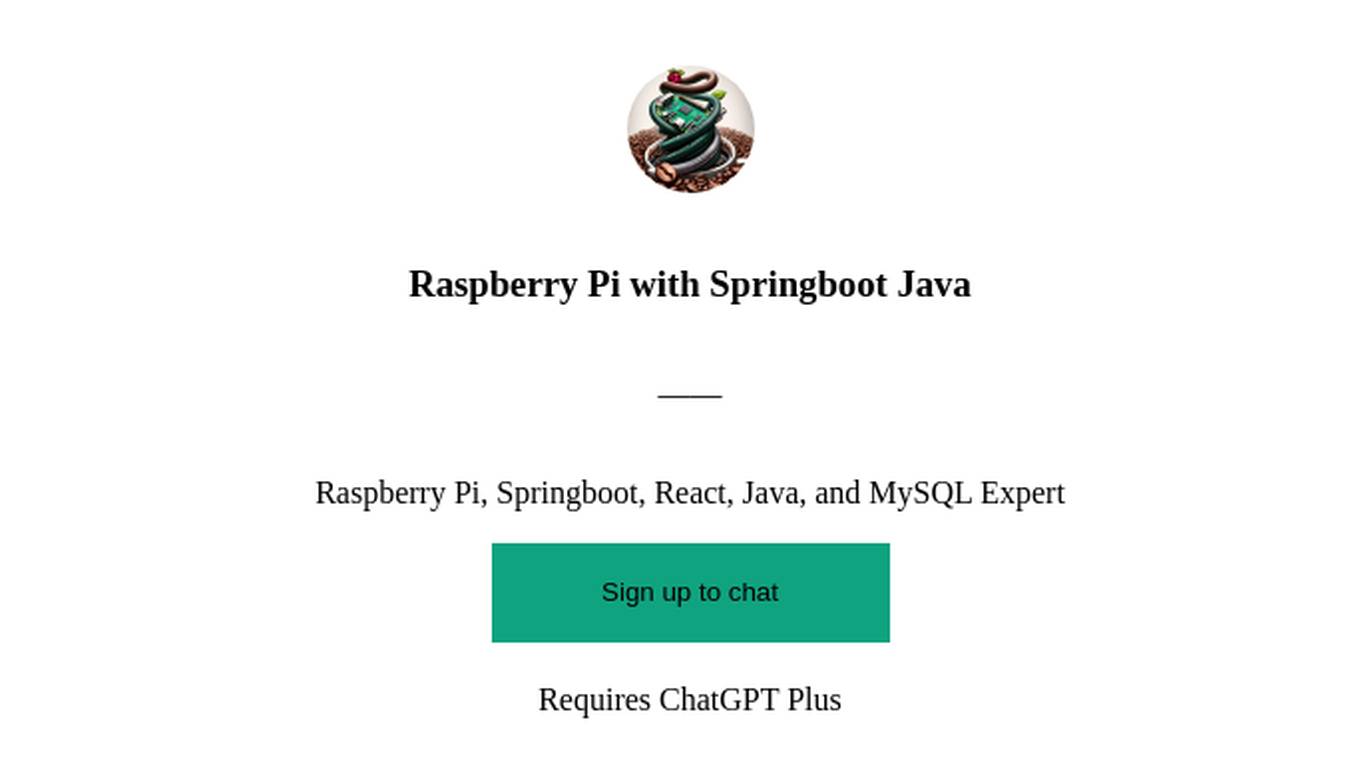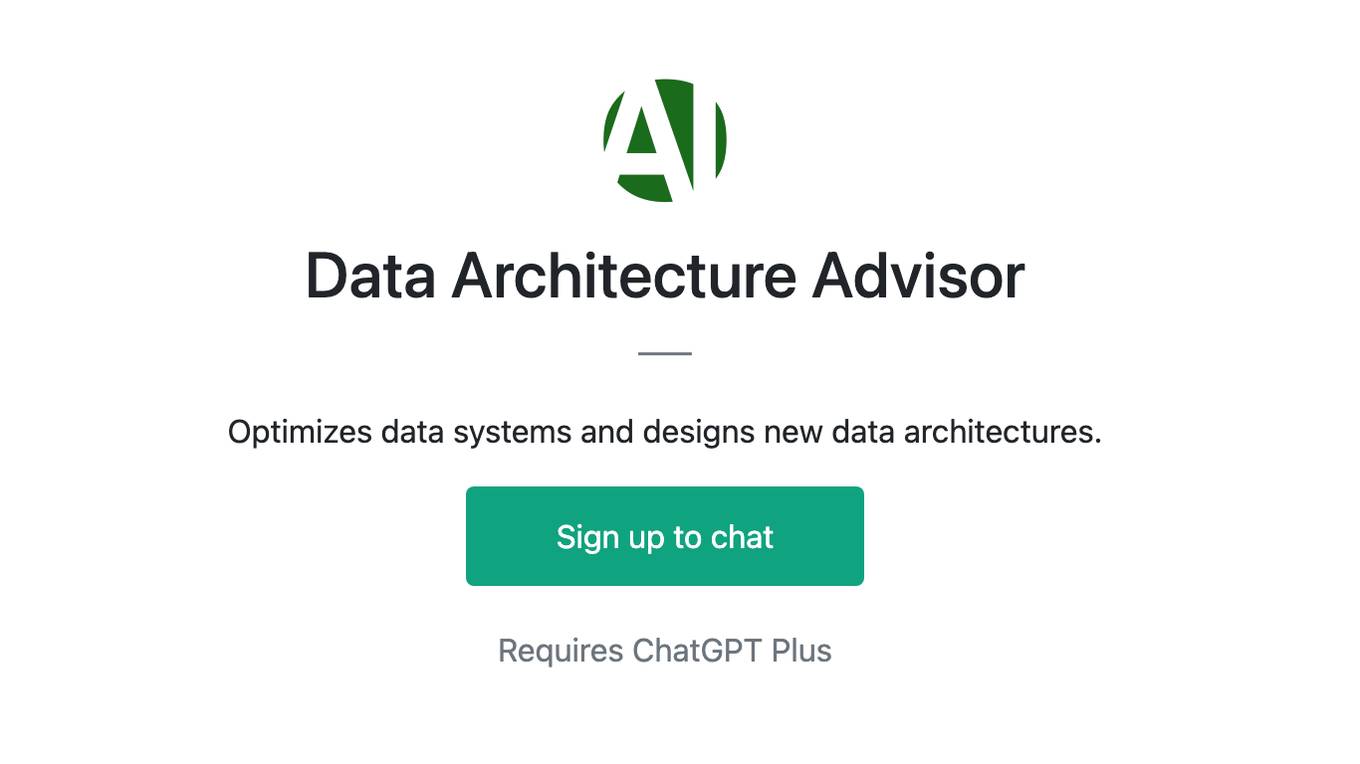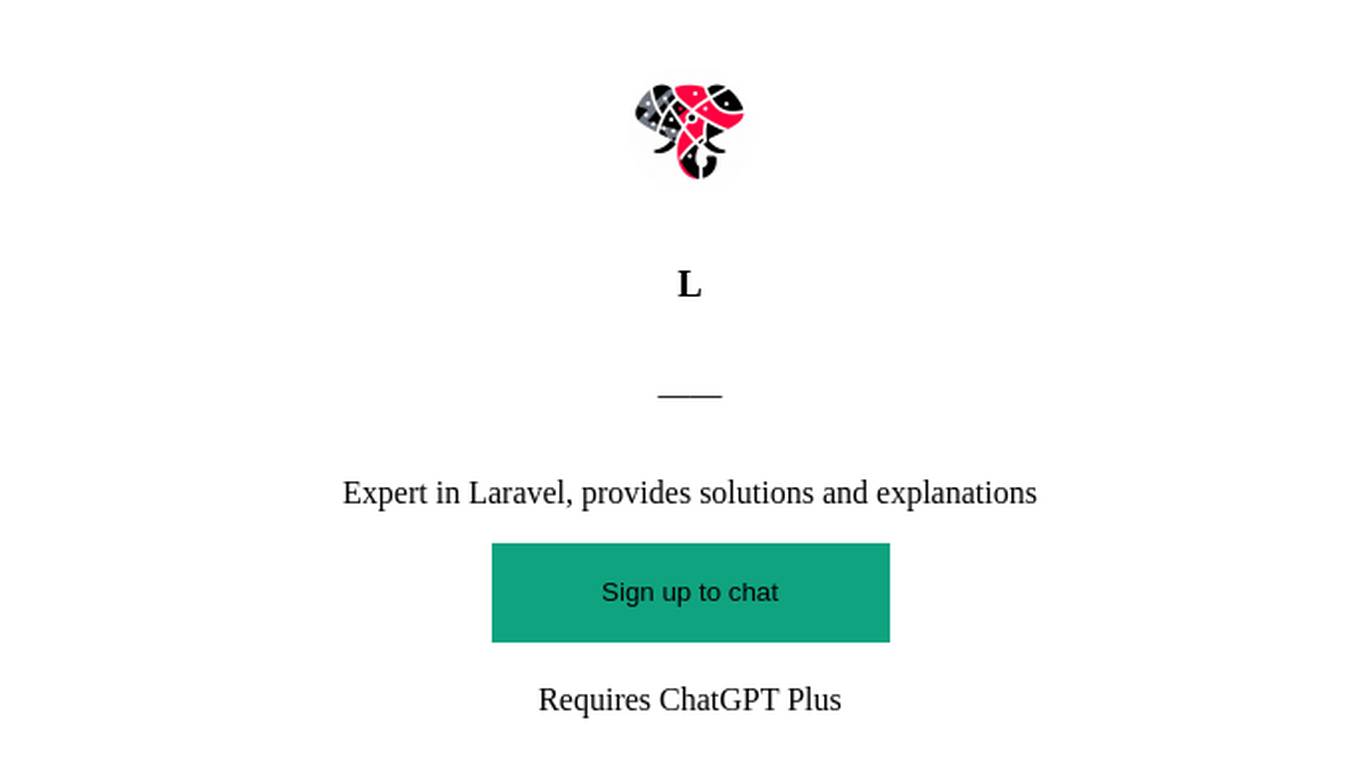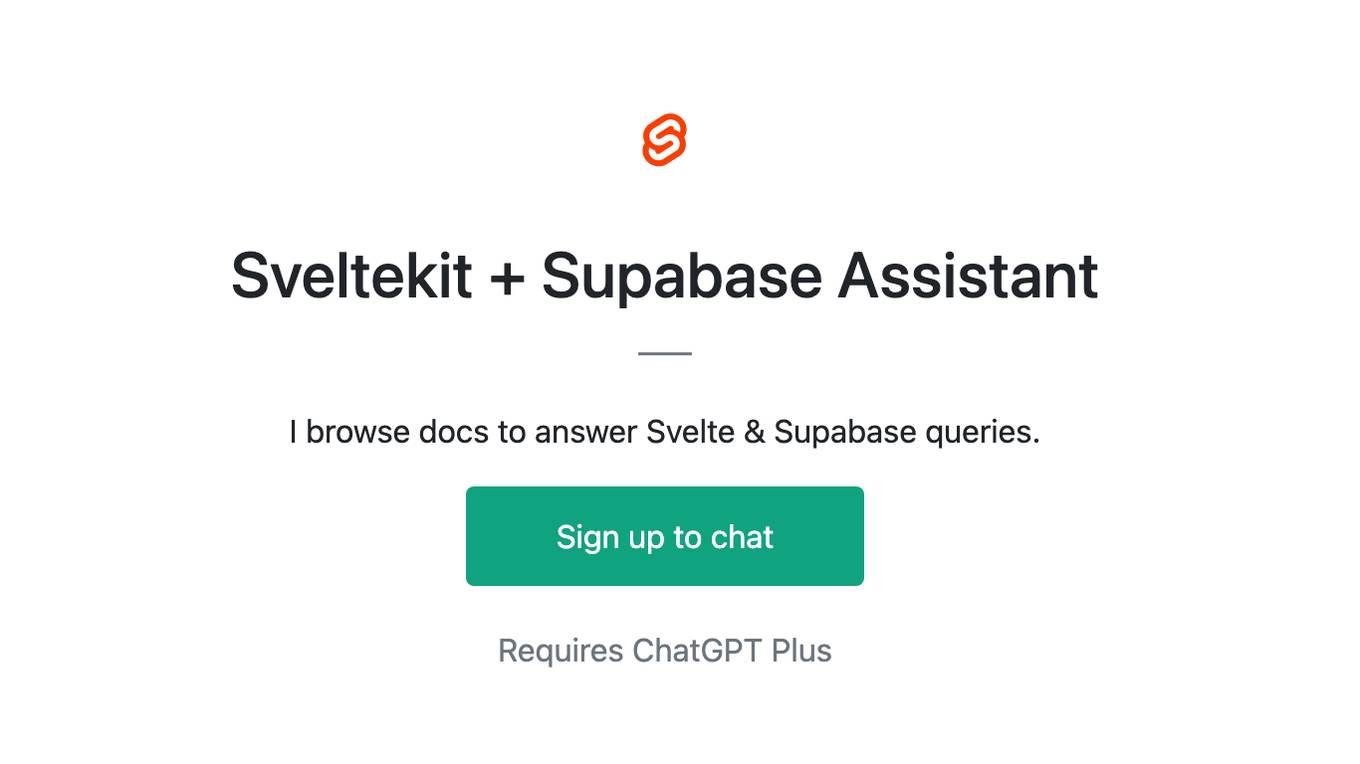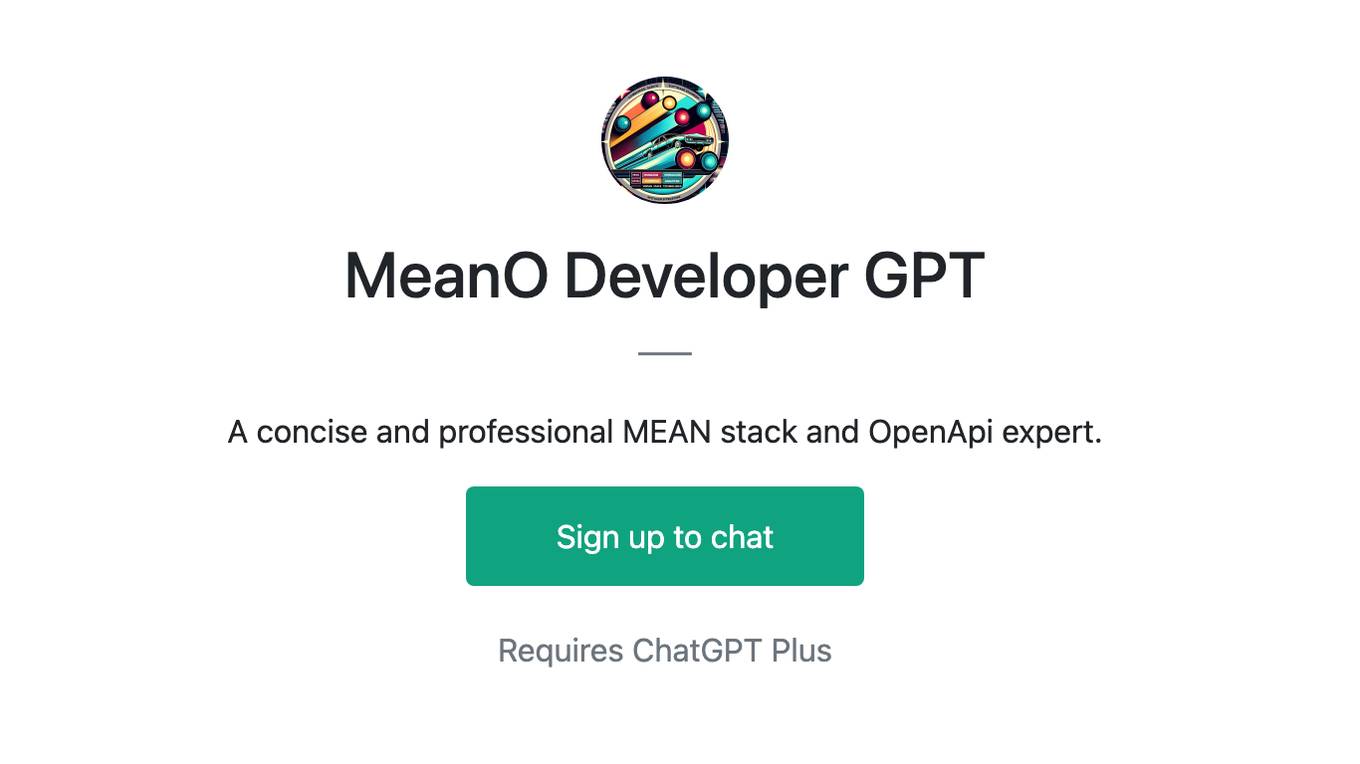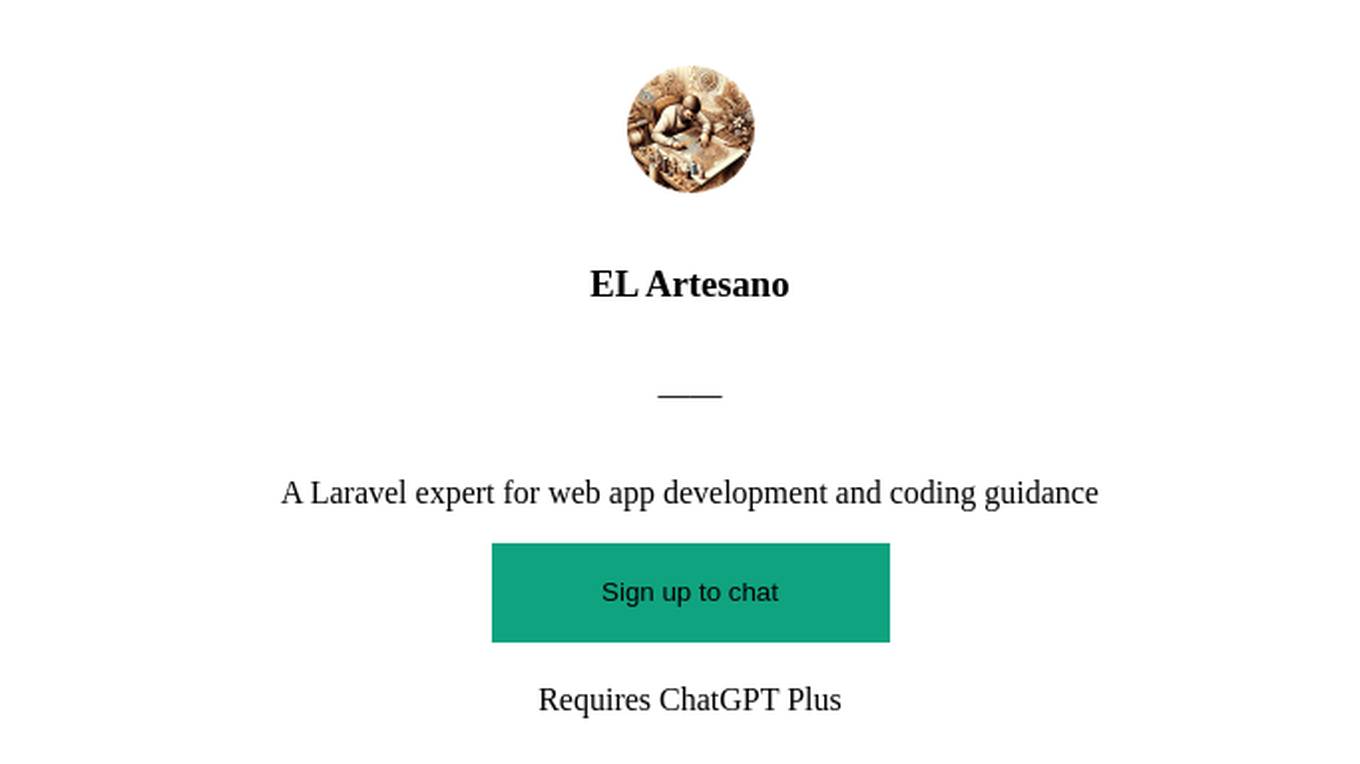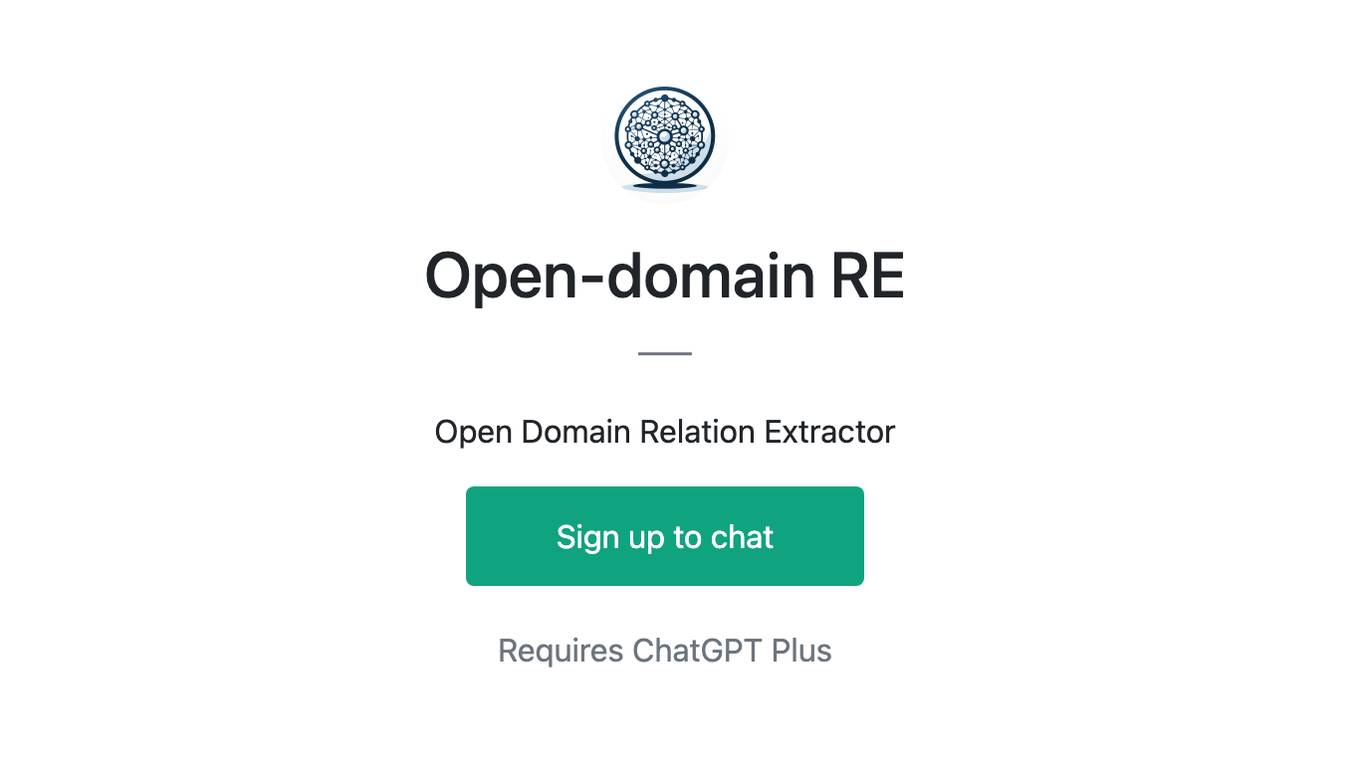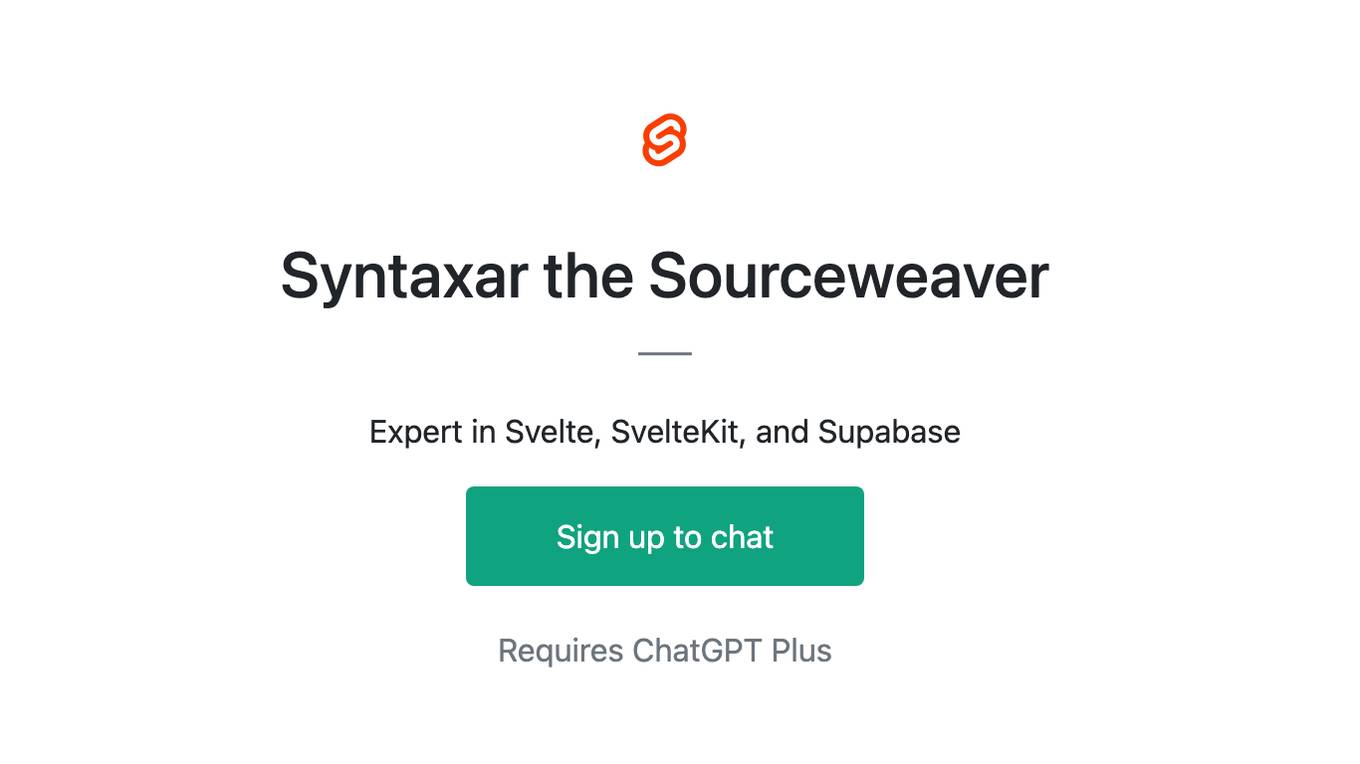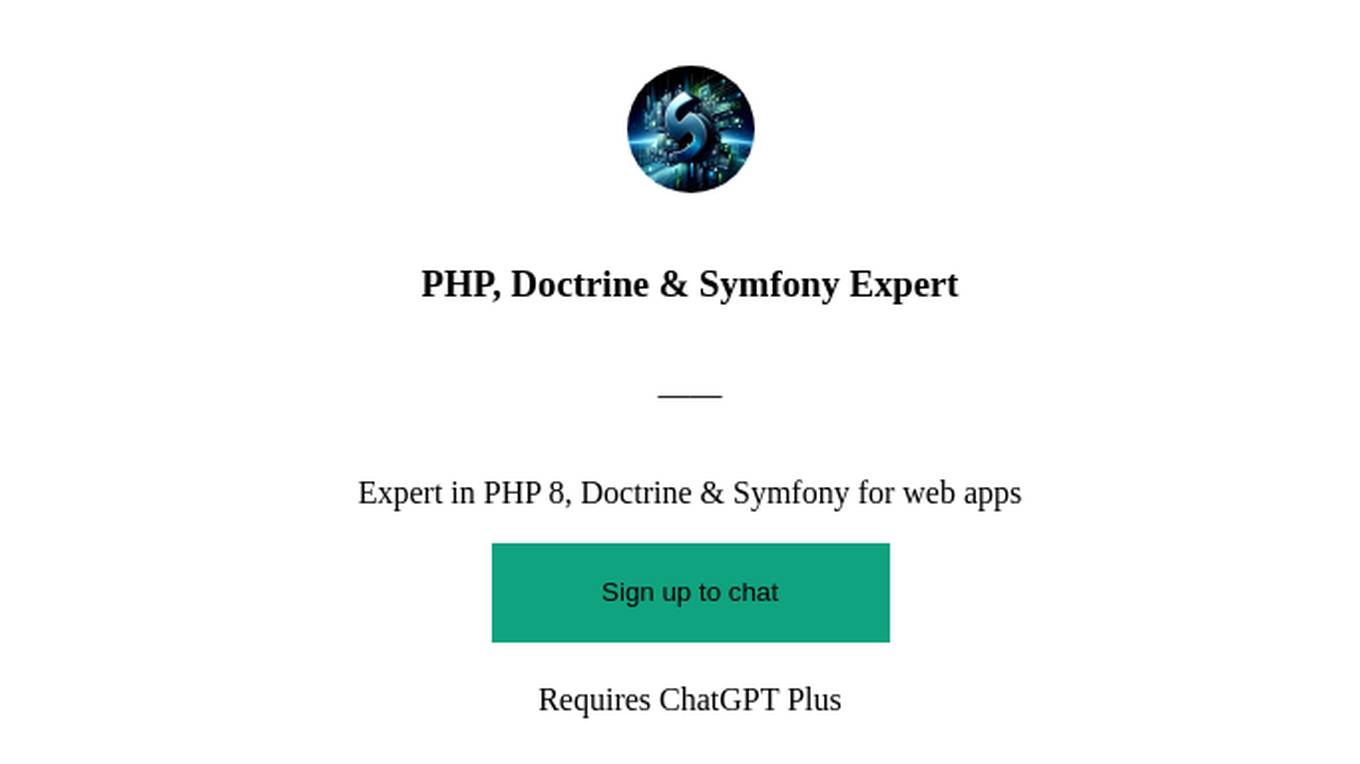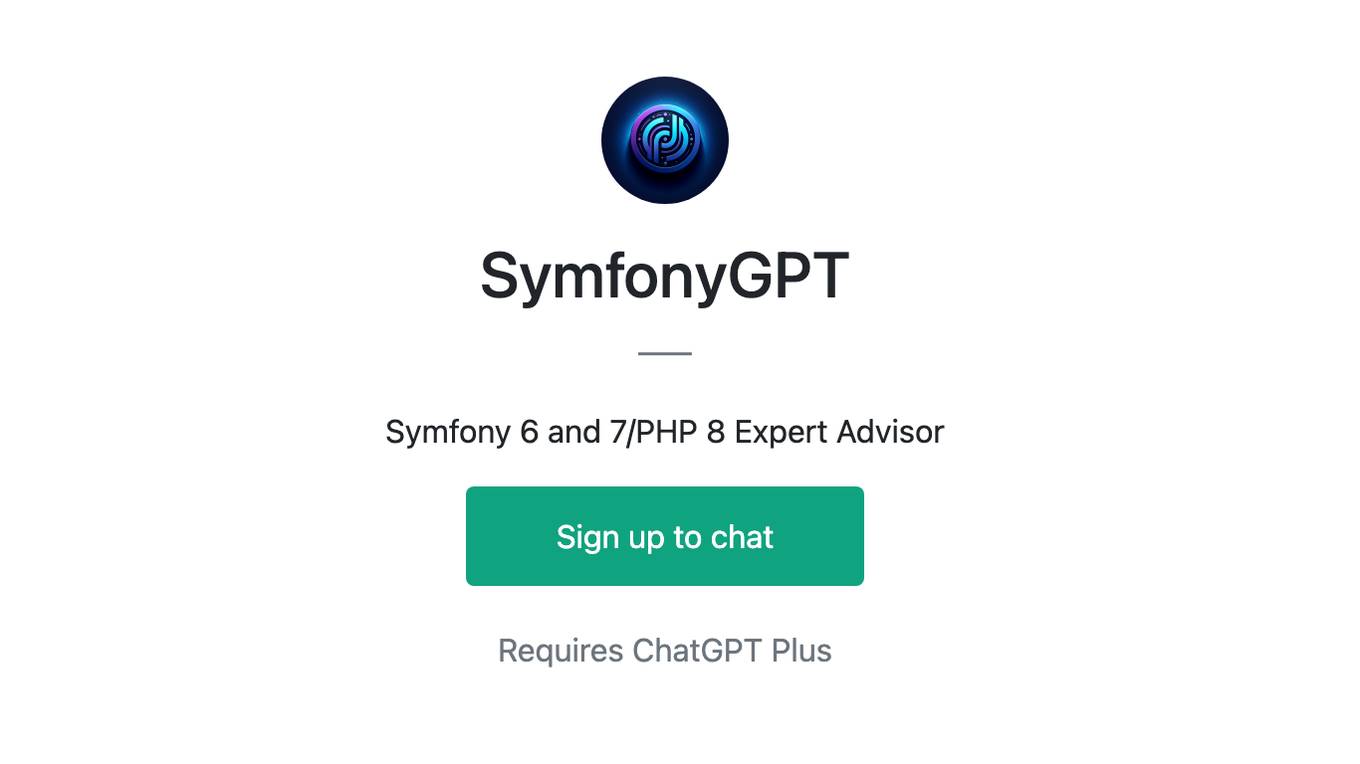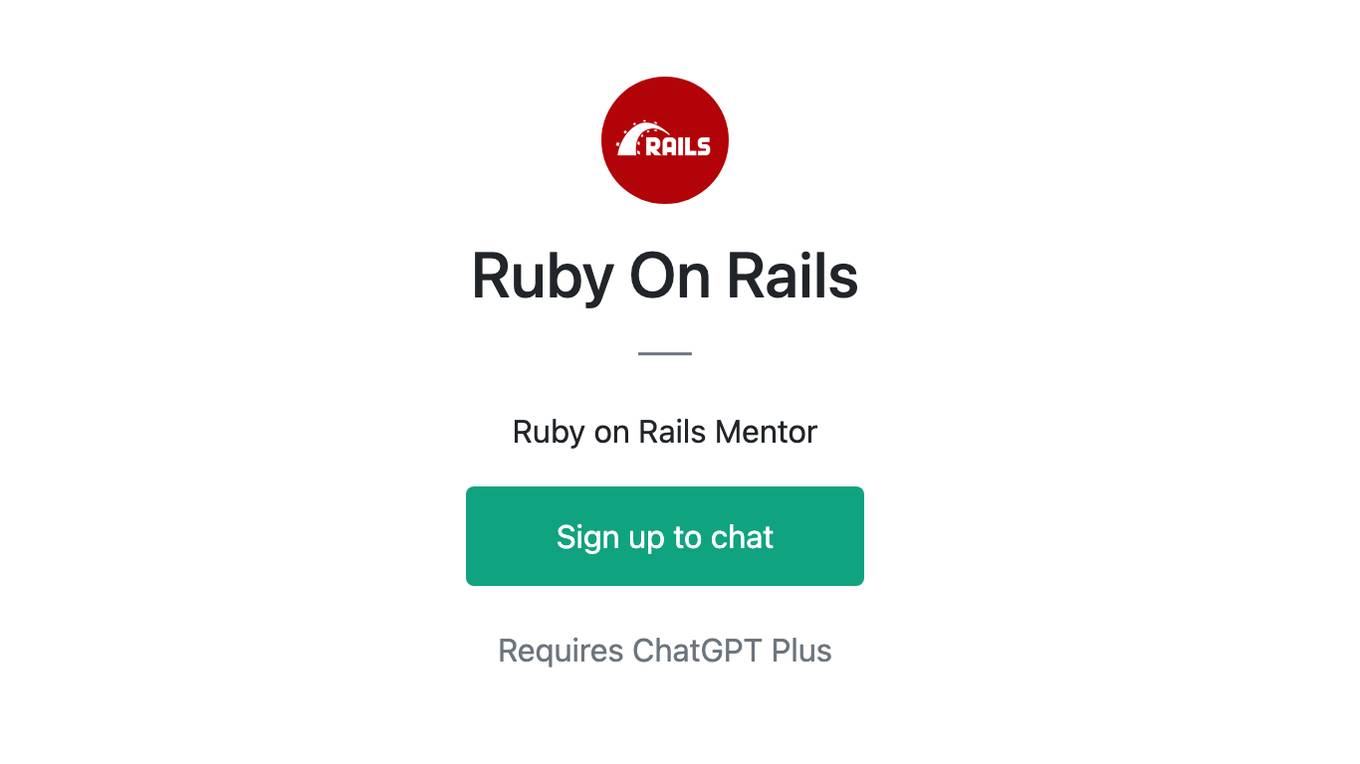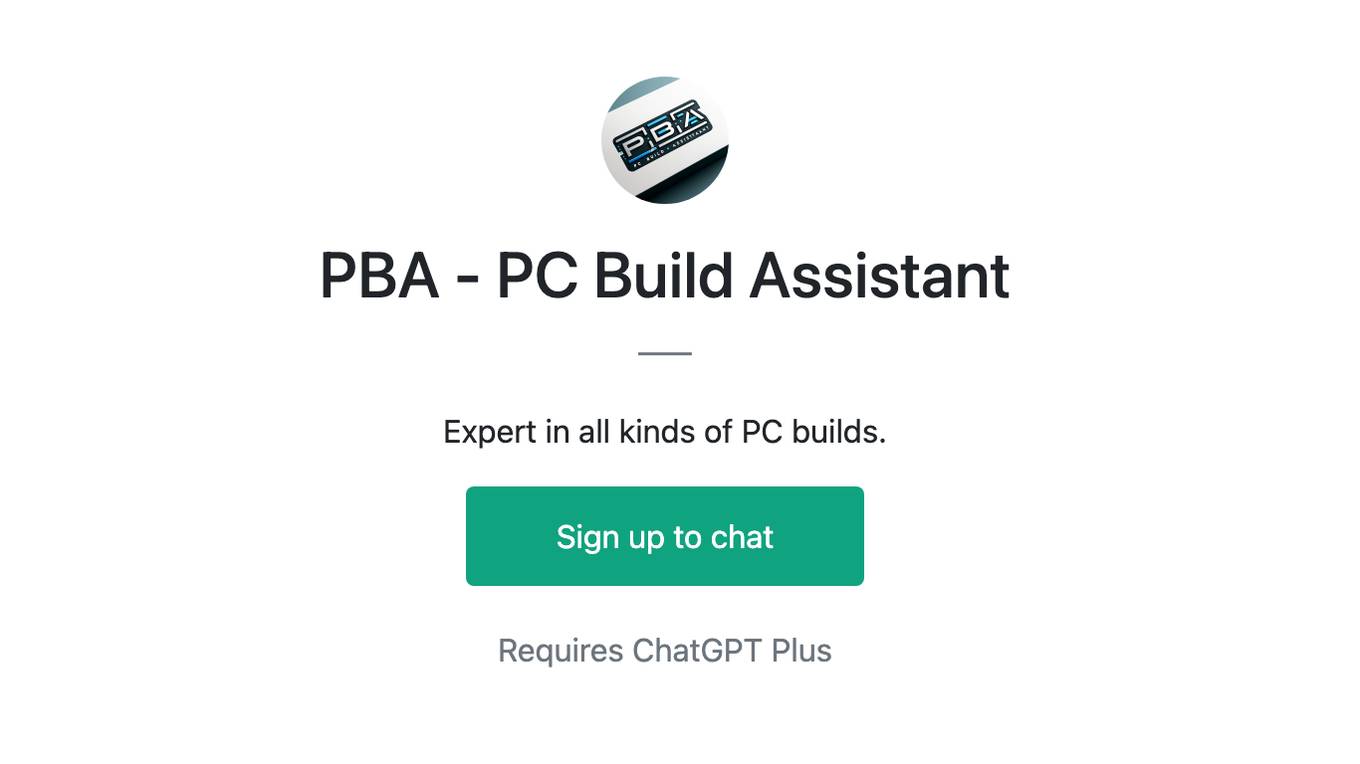Best AI tools for< Build Database >
20 - AI tool Sites
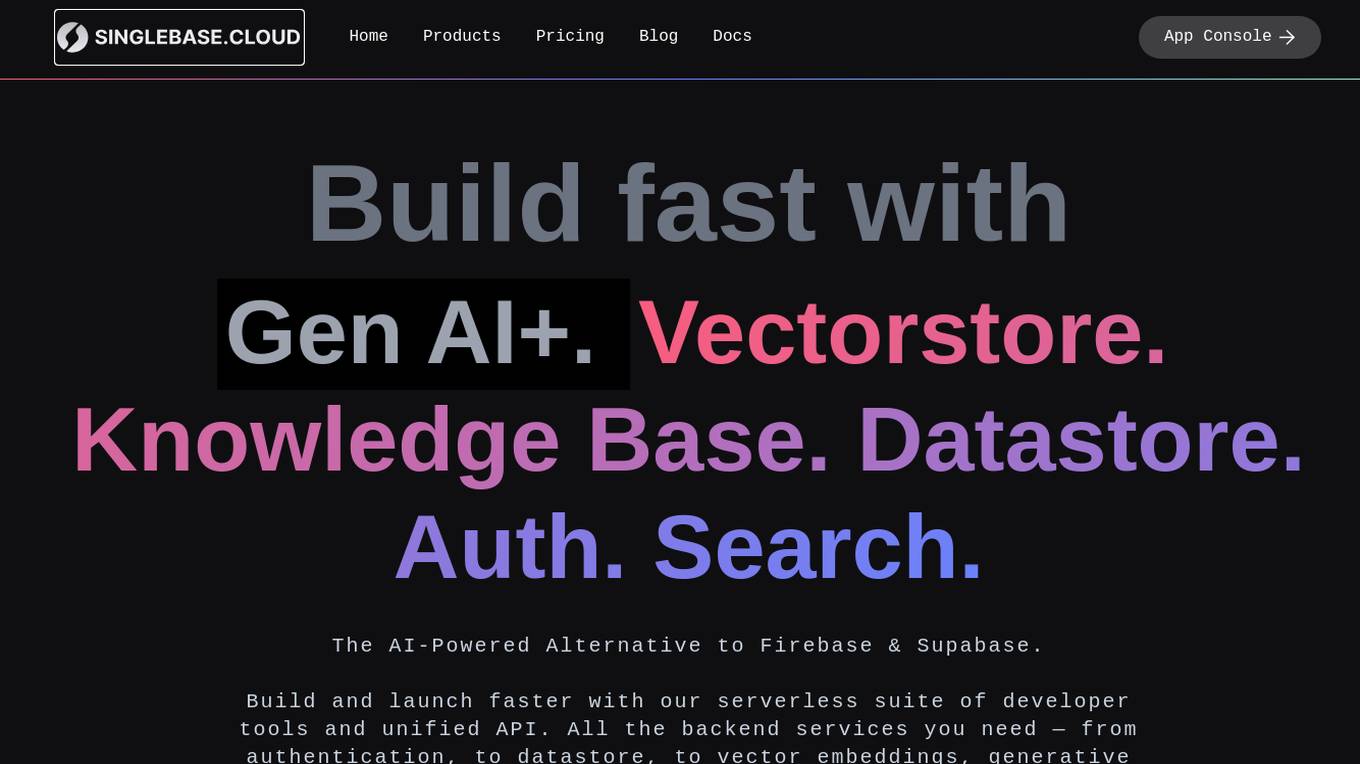
Singlebase
Singlebase.cloud is an AI-powered platform that serves as an alternative to Firebase and Supabase. It offers a comprehensive suite of tools and services to facilitate faster development and deployment through a unified API. The platform includes features such as Vector Database, NoSQL Database, Vector Embeddings, Generative AI, RAG, Knowledge Base, File storage, and Authentication, catering to a wide range of development needs.

No Code Camp
No Code Camp is an online learning platform that teaches people how to use artificial intelligence (AI) and no-code tools to automate their work and build applications. The platform offers a live, 5-week cohort-based course that covers the essentials of no-code development, including data architecture, interface design, AI scaling, and no-code automation. The course is designed for people with no prior coding experience and is taught by experienced instructors who have built and scaled digital products using no-code tools.

Sheety
Sheety is a spreadsheet-like database that lets you build powerful apps without writing any code. It's perfect for teams who need to track data, manage projects, and collaborate on documents.
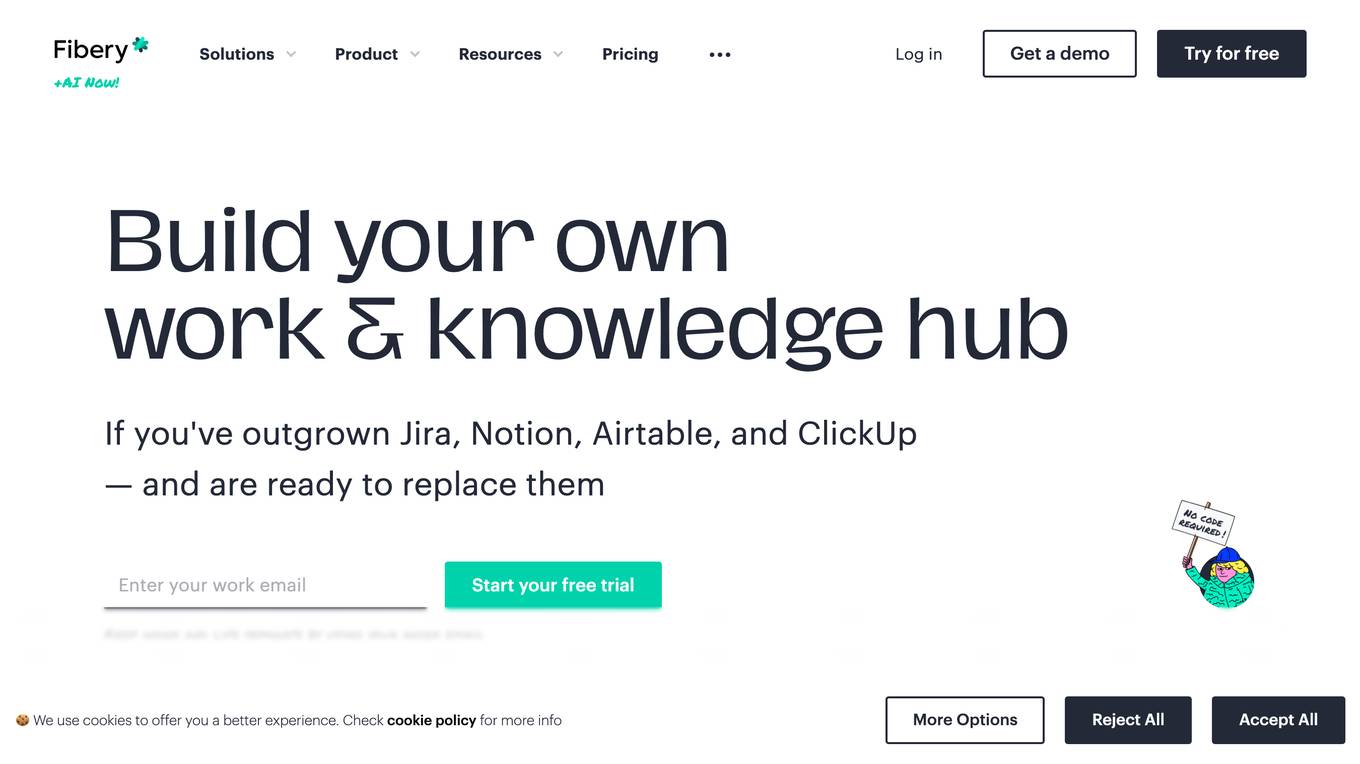
Fibery
Fibery is a no-code work and knowledge management hub that connects structured data (e.g. tables, kanban boards) with unstructured data (e.g. documents) to provide a single source of truth for teams. It offers a range of features including custom fields, databases, and relations, as well as powerful reporting and analytics capabilities. Fibery is designed to be flexible and customizable, allowing teams to map their processes and workflows in a way that suits them best.
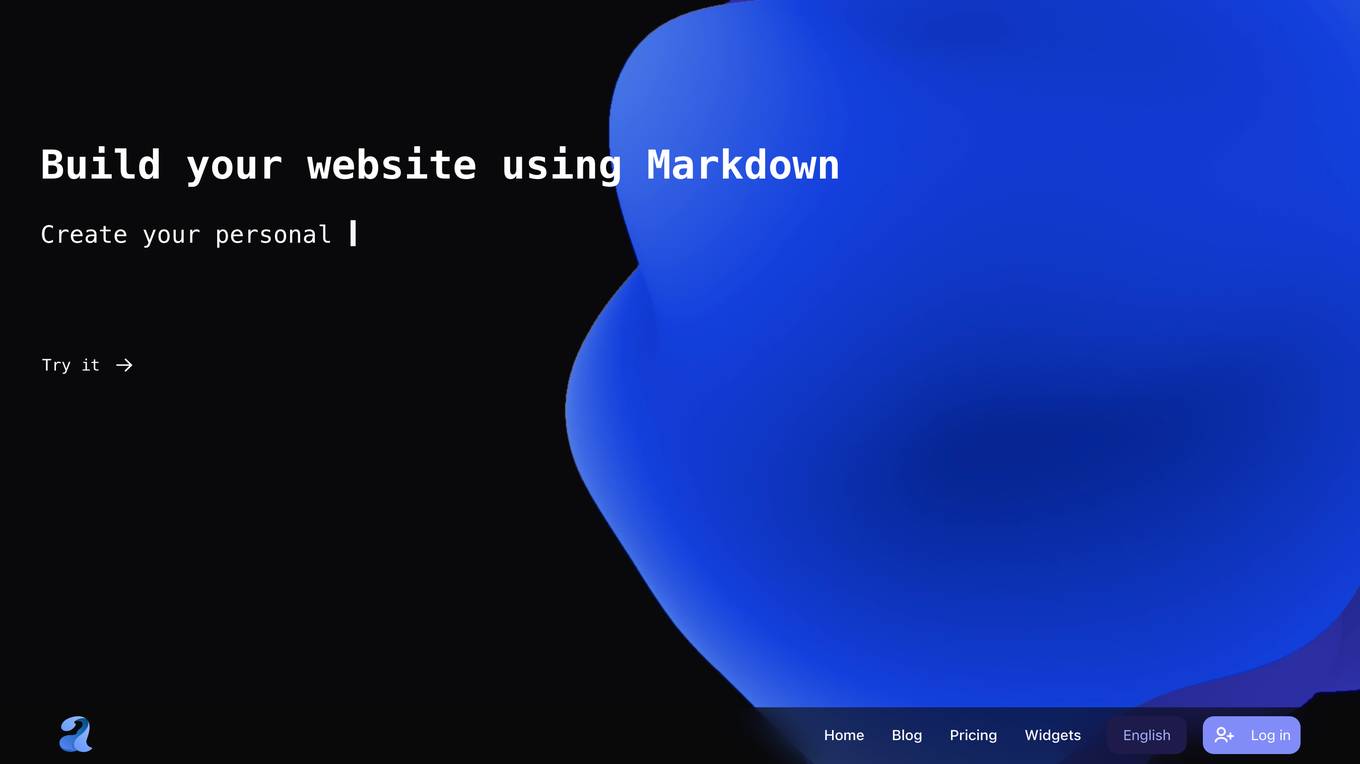
Amarkdown
Amarkdown is a versatile Markdown editor that allows users to build websites using Markdown language. It offers features such as AI writing, sharing articles, combining and importing multiple files, and LowCode for data collection. Users can define databases, create Postgres tables, and customize SEO settings. The platform supports high-performance hybrid rendering and provides a modern Amarkdown+classical VIM mode for a unique creative experience. Users can enjoy a forever free Basic plan with unlimited personal files and file viewers. Upgrading to SUPER offers additional features like custom databases, resource storage, and collaborative editing.
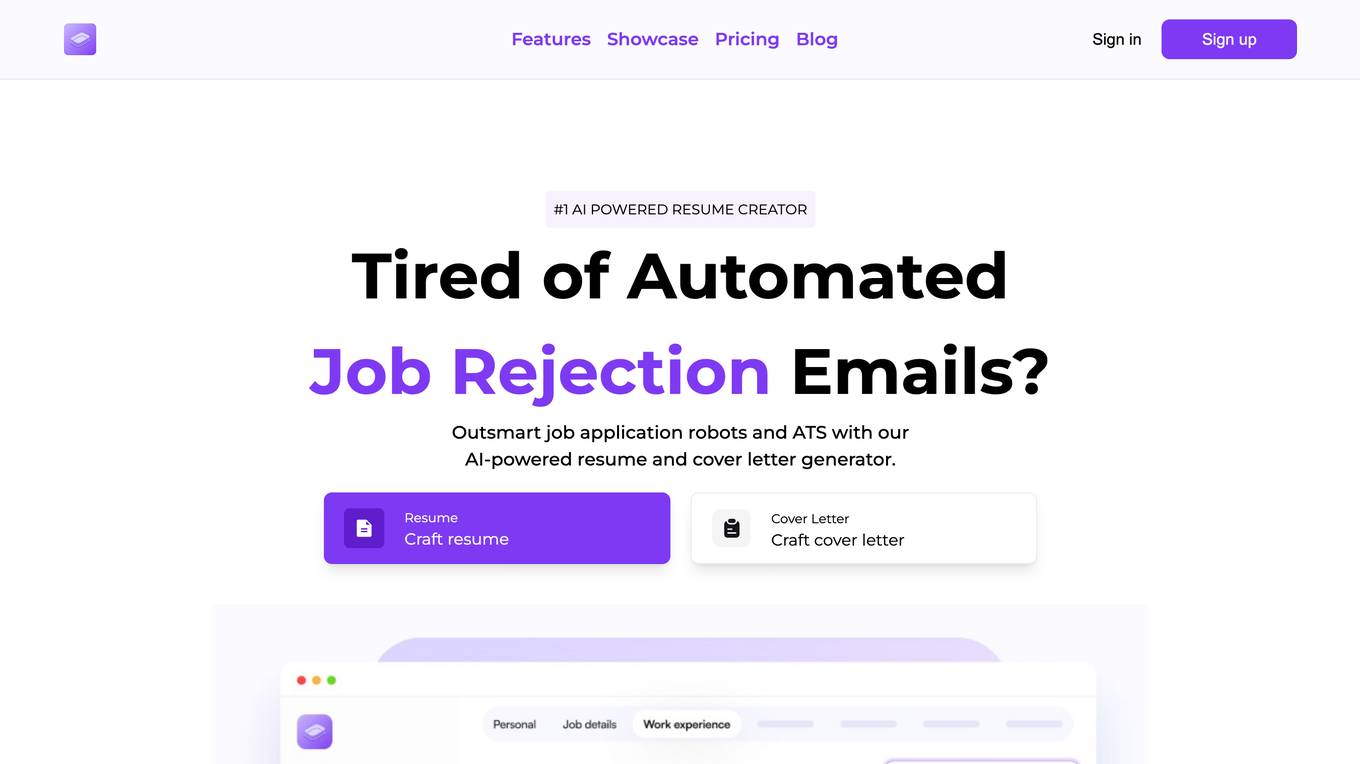
MajorGen
MajorGen is an AI-powered resume creator that helps you create professional and tailored resumes in minutes. With MajorGen, you can easily create a resume that highlights your skills and experience, and that is tailored to the specific job you are applying for. MajorGen offers a variety of features to help you create the perfect resume, including a library of professional resume templates, a resume builder that helps you write your resume in a clear and concise way, and a resume checker that checks your resume for errors.
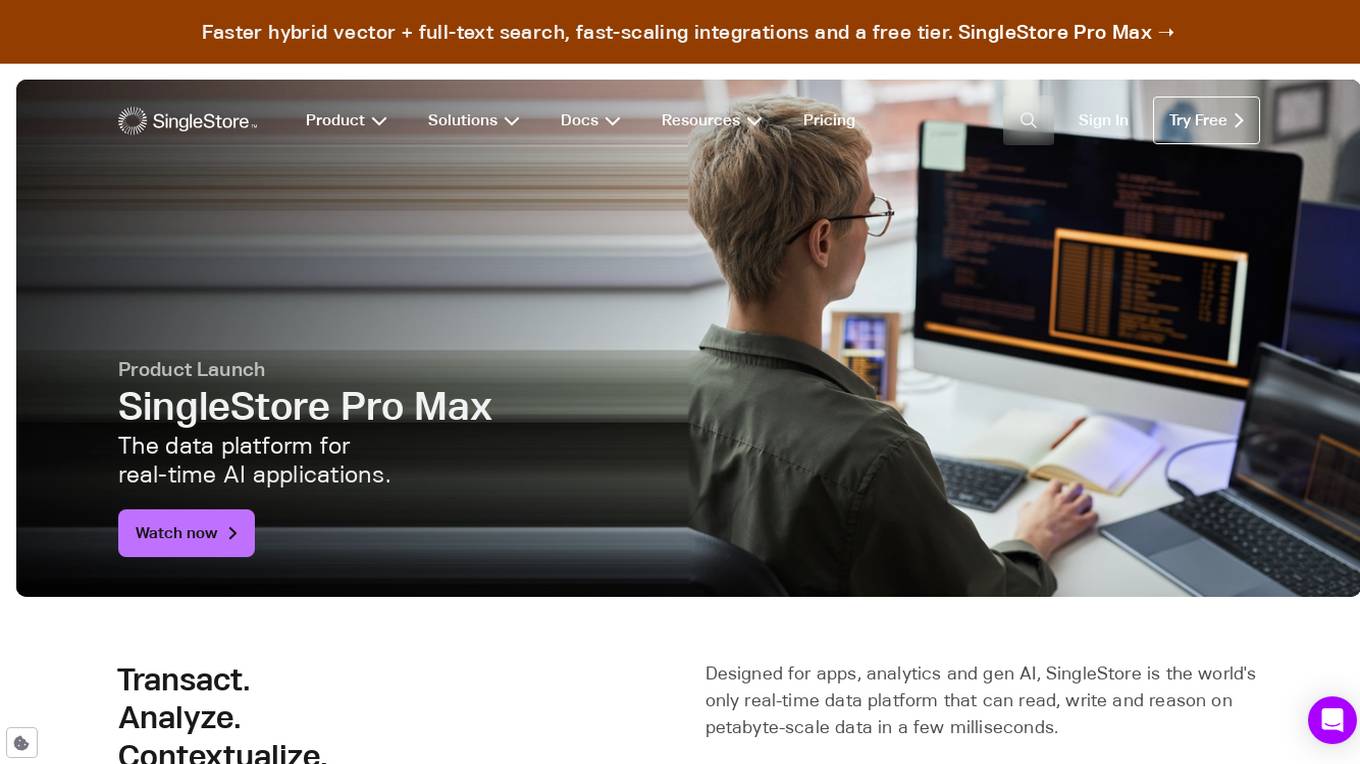
SingleStore
SingleStore is a real-time data platform designed for apps, analytics, and gen AI. It offers faster hybrid vector + full-text search, fast-scaling integrations, and a free tier. SingleStore can read, write, and reason on petabyte-scale data in milliseconds. It supports streaming ingestion, high concurrency, first-class vector support, record lookups, and more.
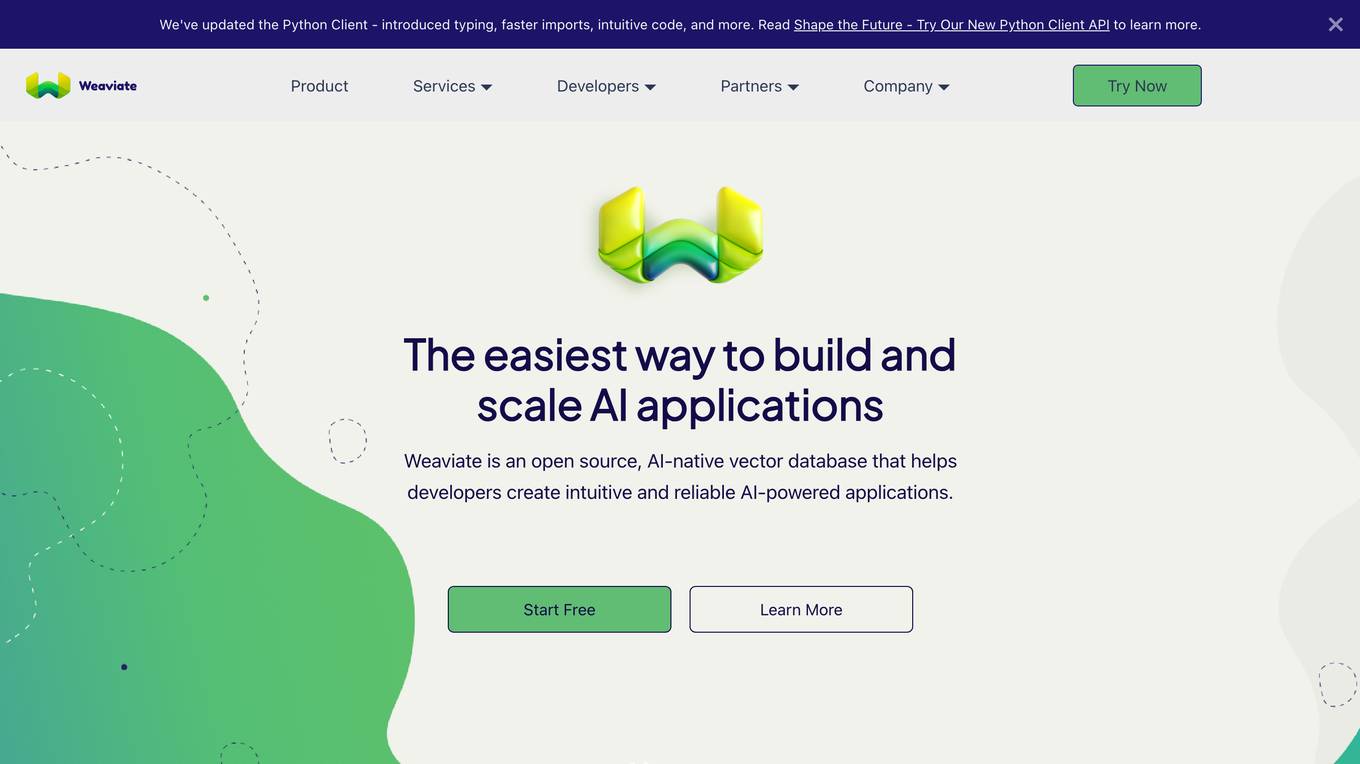
Weaviate
Weaviate is an AI-native database that developers love. It offers a feature-rich vector database trusted by AI innovators, empowering AI-native builders to create AI-powered search, retrieval augmented generation, and agentic AI applications. Weaviate simplifies the process of building production-ready AI applications by providing seamless model integration, pre-built database agents, and language-agnostic SDKs for easy development. With billion-scale architecture and enterprise-ready deployment options, Weaviate enables developers to scale seamlessly, deploy anywhere, and meet enterprise requirements. The platform is designed to help AI builders write less custom code, optimize costs, and build AI-native apps faster.
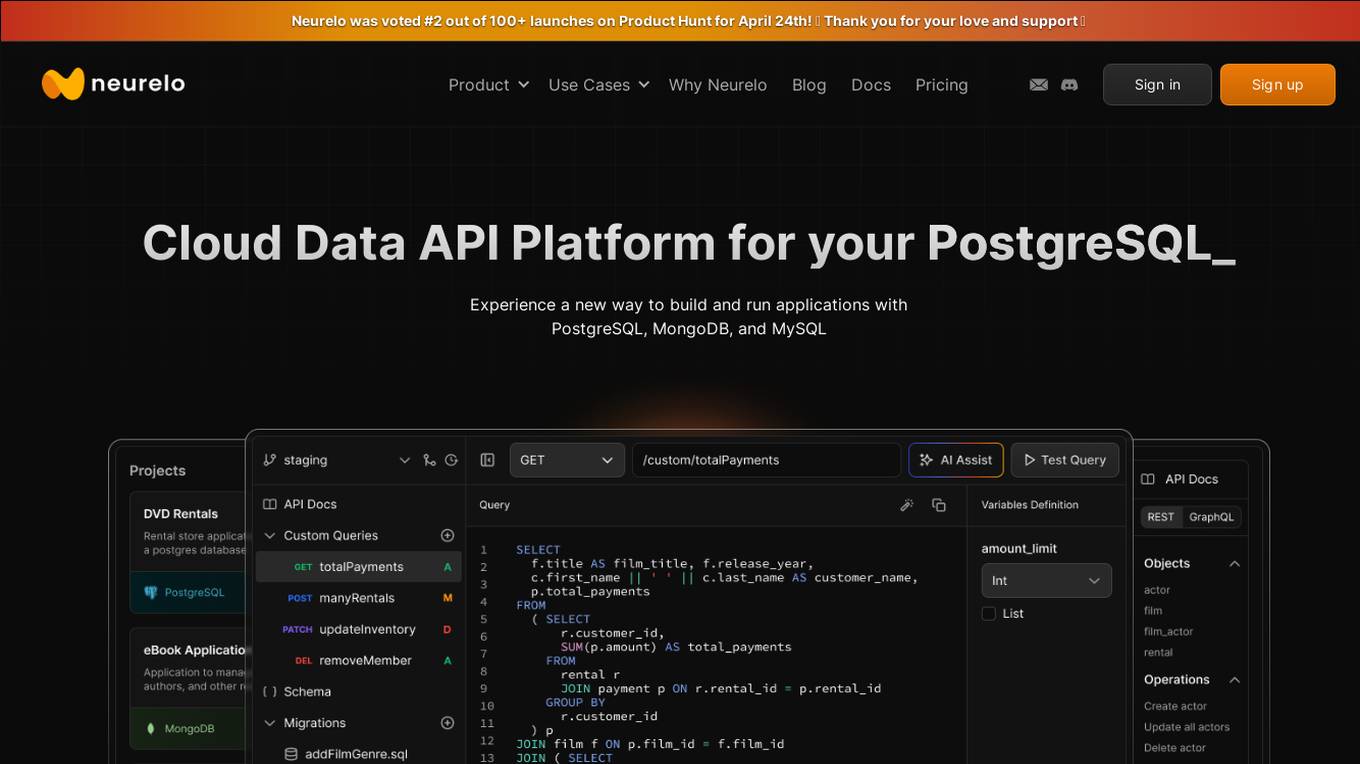
Neurelo
Neurelo is a cloud API platform that offers services for PostgreSQL, MongoDB, and MySQL. It provides features such as auto-generated APIs, custom query APIs with AI assistance, query observability, schema as code, and the ability to build full-stack applications in minutes. Neurelo aims to empower developers by simplifying database programming complexities and enhancing productivity. The platform leverages the power of cloud technology, APIs, and AI to offer a seamless and efficient way to build and run applications.
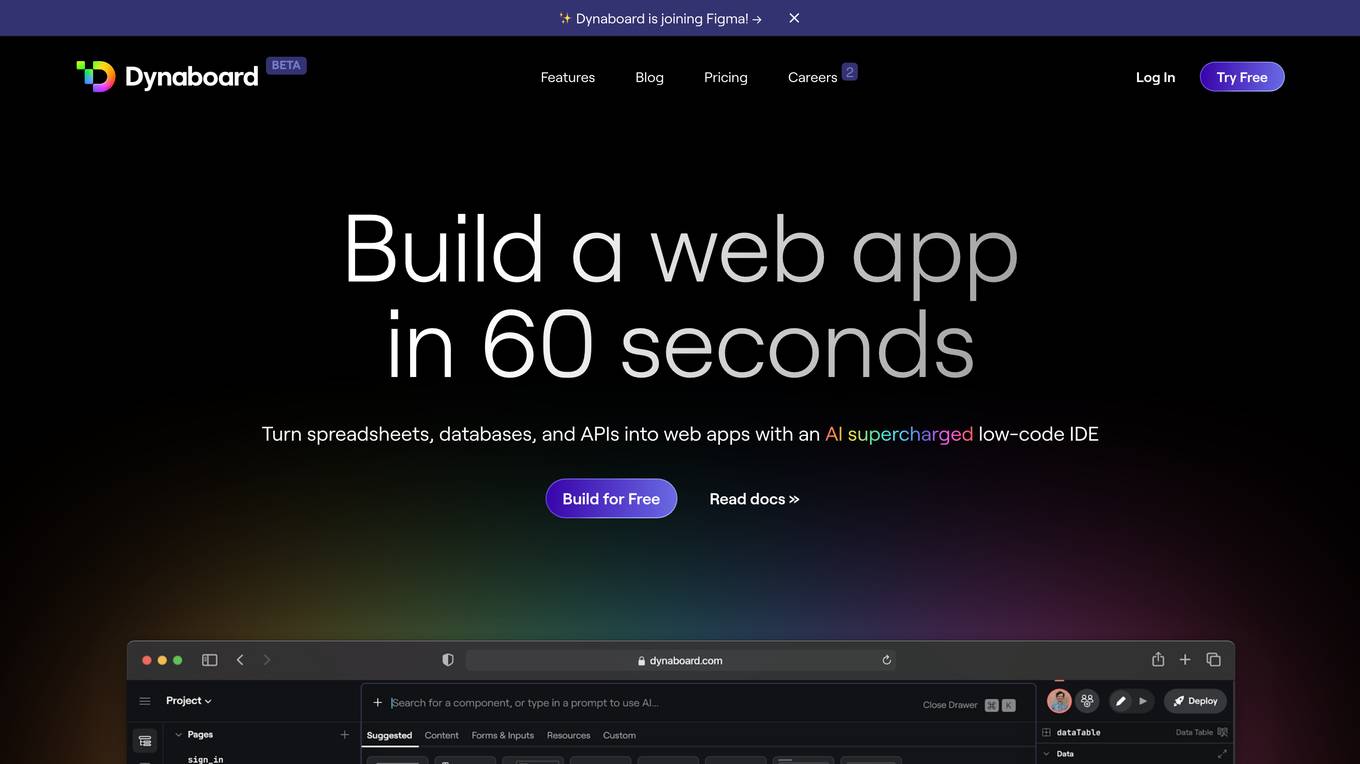
Dynaboard
Dynaboard is a collaborative low-code IDE for developers that allows users to build web apps in minutes using a drag-and-drop builder, a flexible code-first UI framework, and the power of generative AI. With Dynaboard, users can connect to popular databases, SaaS apps, or any API with GraphQL or REST endpoints, and secure their apps using any existing OIDC compliant provider. Dynaboard also offers unlimited editors for team collaboration, multi-environment deployment support, automatic versioning, and easy roll-backs for production-grade confidence.
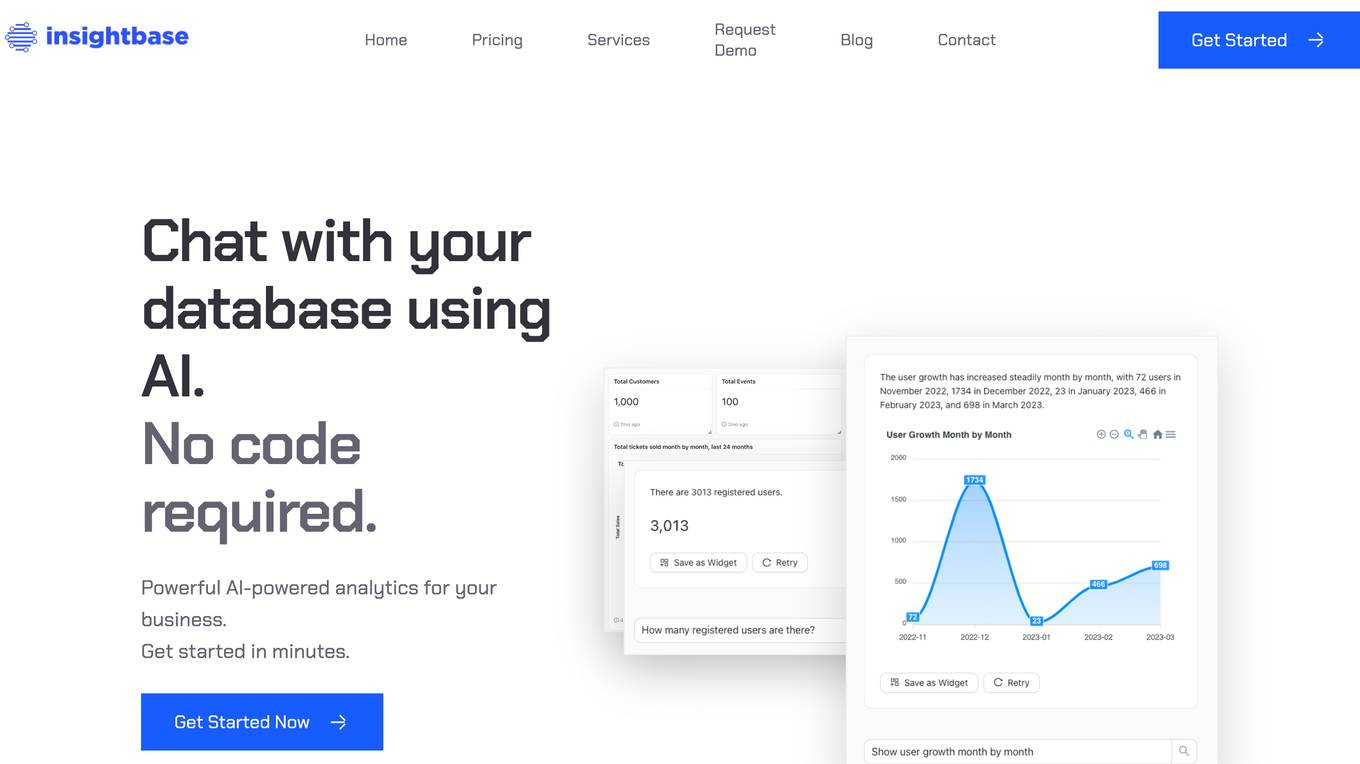
InsightBase
InsightBase is a powerful AI-powered analytics platform that makes it easy for everyone to get insights from their data. With InsightBase, you can ask questions in plain English and get answers in seconds, build powerful dashboards and reports in minutes, and get the most out of your data with the least amount of time, money, and resources.
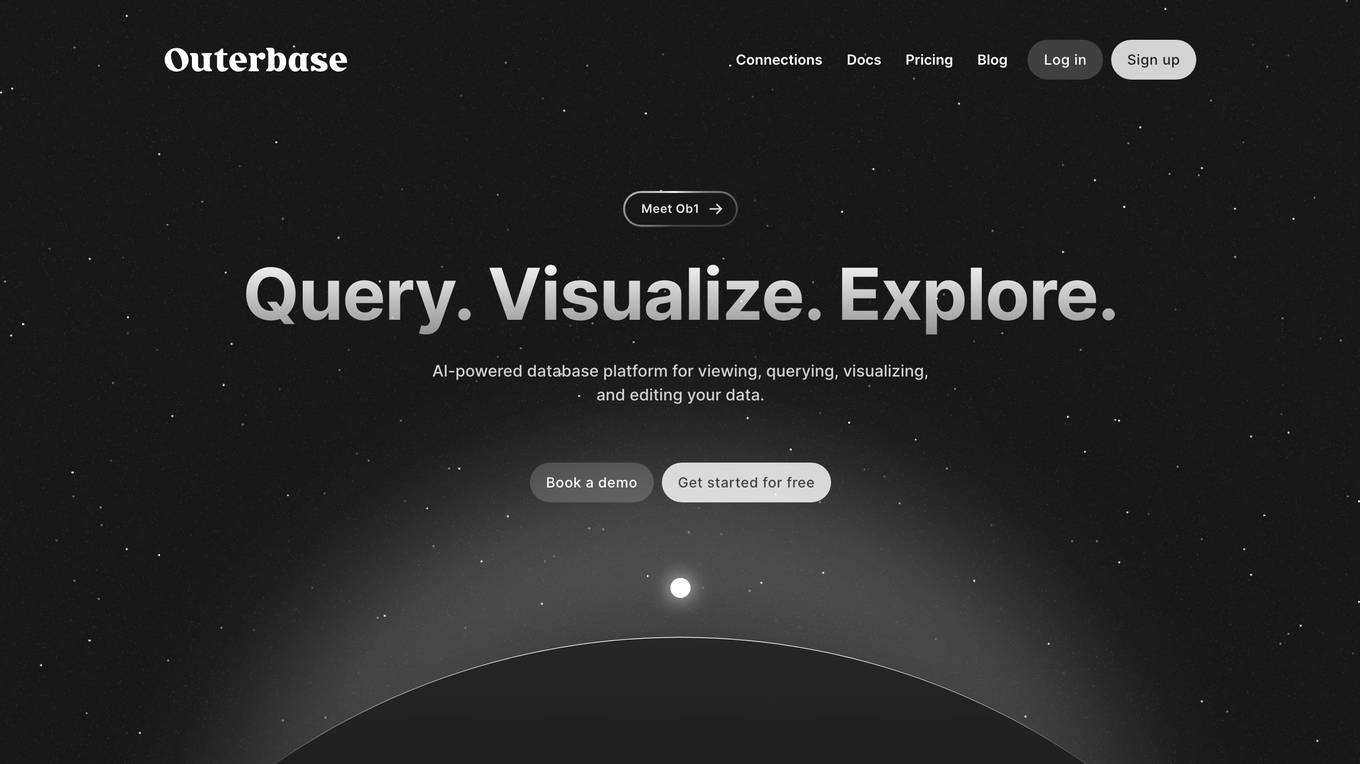
Outerbase
Outerbase is an AI-powered database platform that allows users to view, query, visualize, and edit their data. It features an AI Copilot, EZQL™, that can answer questions and generate SQL queries, a table editor that makes it easy to work with data, and a variety of plugins and themes to customize the experience. Outerbase integrates with most popular databases, including Postgres, MySQL, BigQuery, and Snowflake.
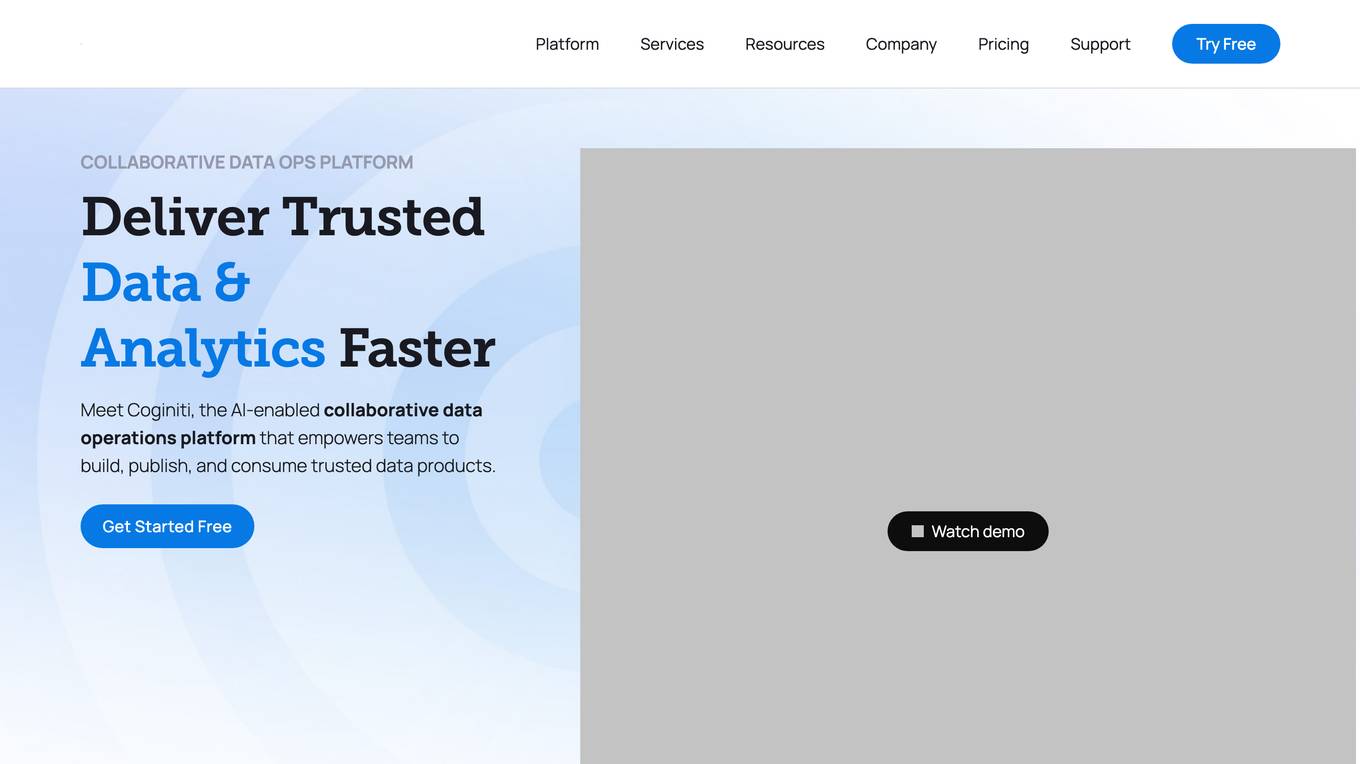
Coginiti
Coginiti is a collaborative analytics platform and tools designed for SQL developers, data scientists, engineers, and analysts. It offers capabilities such as AI assistant, data mesh, database & object store support, powerful query & analysis, and share & reuse curated assets. Coginiti empowers teams and organizations to manage collaborative practices, data efficiency, and deliver trusted data products faster. The platform integrates modular analytic development, collaborative versioned teamwork, and a data quality framework to enhance productivity and ensure data reliability. Coginiti also provides an AI-enabled virtual analytics advisor to boost team efficiency and empower data heroes.
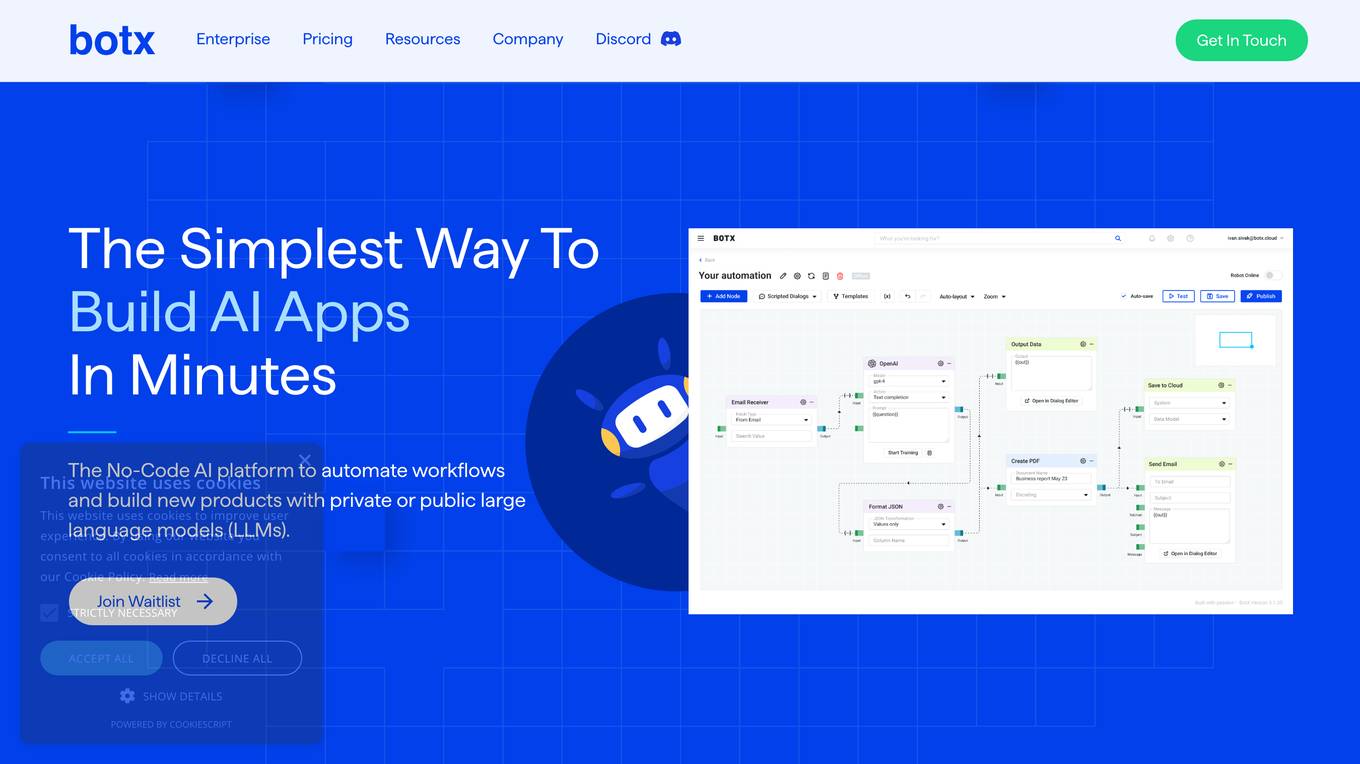
Synthreo
Synthreo is an AI tool that empowers businesses to streamline operations, reduce costs, and drive growth through intelligent AI agents. It provides cutting-edge AI agent solutions that automate routine tasks, enhance decision-making, and create seamless collaboration between human teams and digital labor. Synthreo offers transformative advantages for businesses of all sizes, enabling operational efficiency and strategic growth. The platform implements advanced security measures, complies with industry standards, and upholds ethical AI usage. Businesses can leverage AI-powered digital labor to achieve unprecedented efficiency, innovation, and growth.
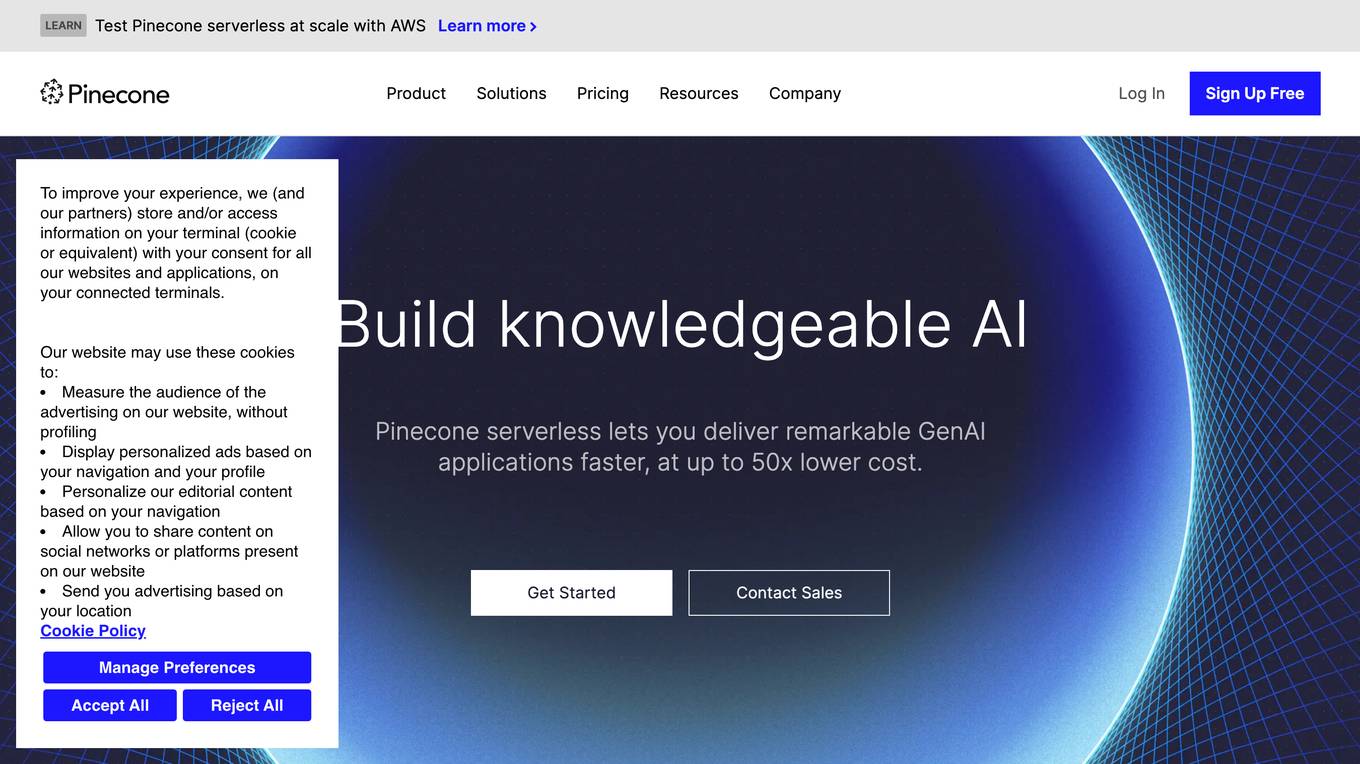
Pinecone
Pinecone is a vector database that helps power AI for the world's best companies. It is a serverless database that lets you deliver remarkable GenAI applications faster, at up to 50x lower cost. Pinecone is easy to use and can be integrated with your favorite cloud provider, data sources, models, frameworks, and more.
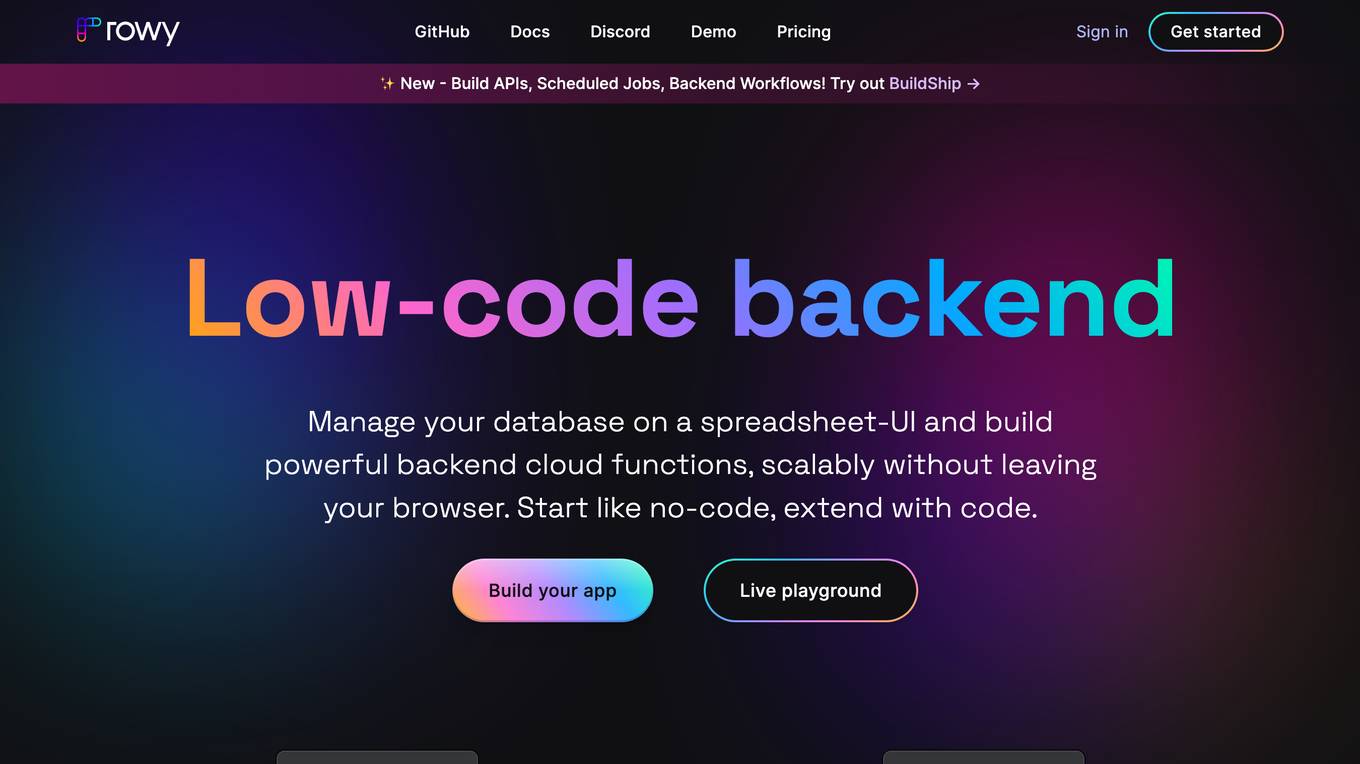
Rowy
Rowy is a low-code backend platform that allows users to manage their database on a spreadsheet-like interface and build powerful backend cloud functions without leaving their browser. It offers a variety of features such as derivative fields, action fields, extensions, webhooks, and integrations with popular tools like Google Vision, GPT-3, Figma, and Webflow. Rowy is designed to be accessible to both developers and non-technical users, making it a versatile tool for building and managing backend applications.
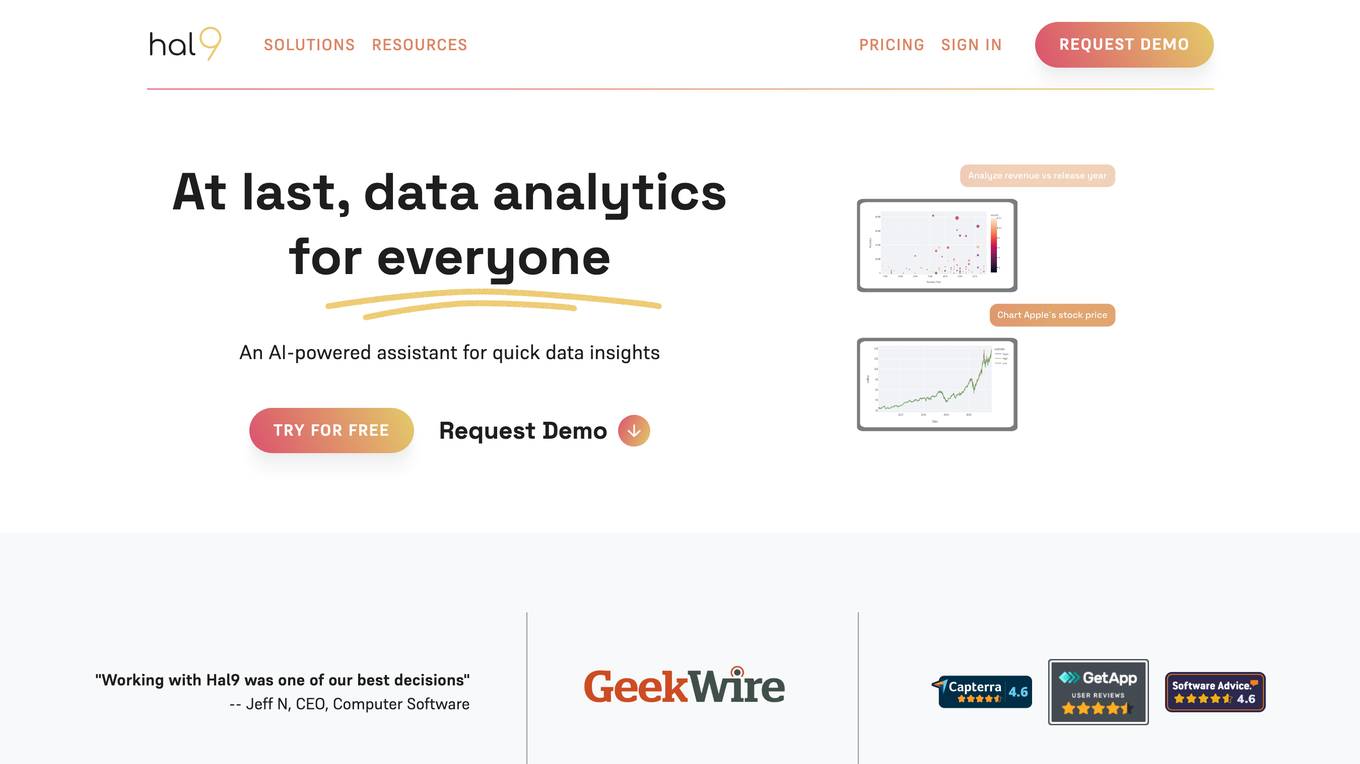
Hal9
Hal9 is an AI coworker creation platform that allows organizations, data teams, and developers to effortlessly build custom AI coworkers with any level of complexity. It provides a secure and customizable model-agnostic AI coworker solution that accelerates the development of AI applications by saving significant engineering time. Hal9 enables users to leverage the best generative AI models, connect their data securely, and start building enterprise-ready AI applications with the necessary engineering components. The platform aims to empower users to leverage AI technology effectively and efficiently in their projects.

Langflow
Langflow is a low-code app builder for RAG and multi-agent AI applications. It is Python-based and agnostic to any model, API, or database. Langflow offers a visual IDE for building and testing workflows, multi-agent orchestration, free cloud service, observability features, and ecosystem integrations. Users can customize workflows using Python and publish them as APIs or export as Python applications.
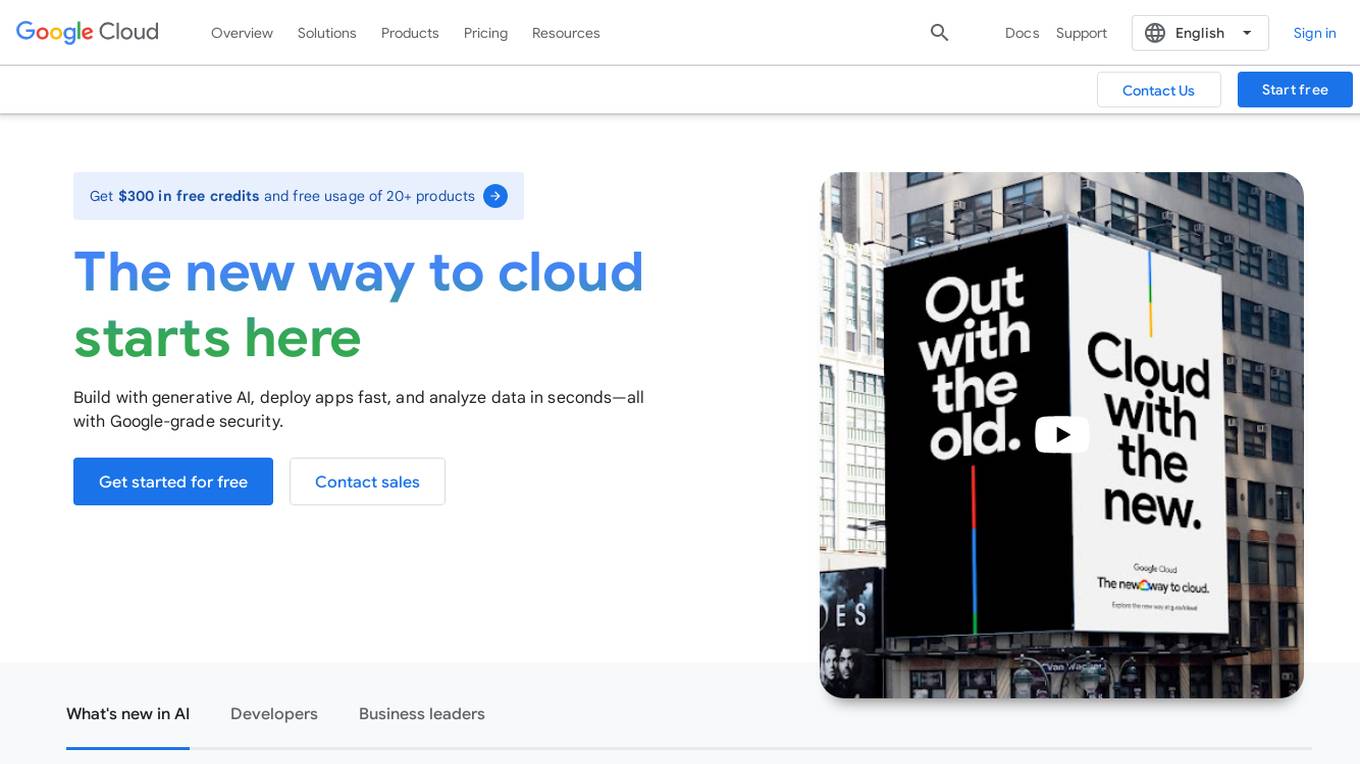
Google Cloud
Google Cloud is a suite of cloud computing services that runs on the same infrastructure as Google. Its services include computing, storage, networking, databases, machine learning, and more. Google Cloud is designed to make it easy for businesses to develop and deploy applications in the cloud. It offers a variety of tools and services to help businesses with everything from building and deploying applications to managing their infrastructure. Google Cloud is also committed to sustainability, and it has a number of programs in place to reduce its environmental impact.
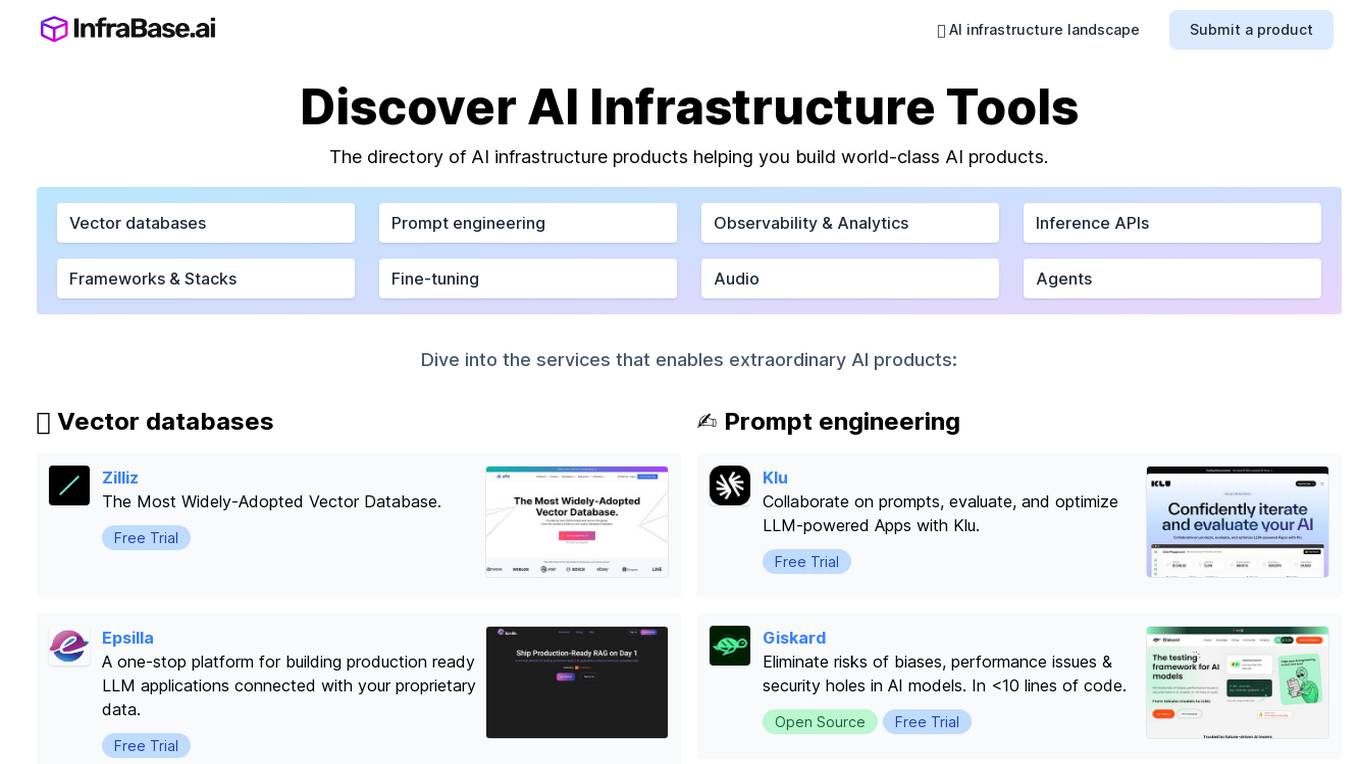
Infrabase.ai
Infrabase.ai is a directory of AI infrastructure products that helps users discover and explore a wide range of tools for building world-class AI products. The platform offers a comprehensive directory of products in categories such as Vector databases, Prompt engineering, Observability & Analytics, Inference APIs, Frameworks & Stacks, Fine-tuning, Audio, and Agents. Users can find tools for tasks like data storage, model development, performance monitoring, and more, making it a valuable resource for AI projects.
0 - Open Source AI Tools
20 - OpenAI Gpts
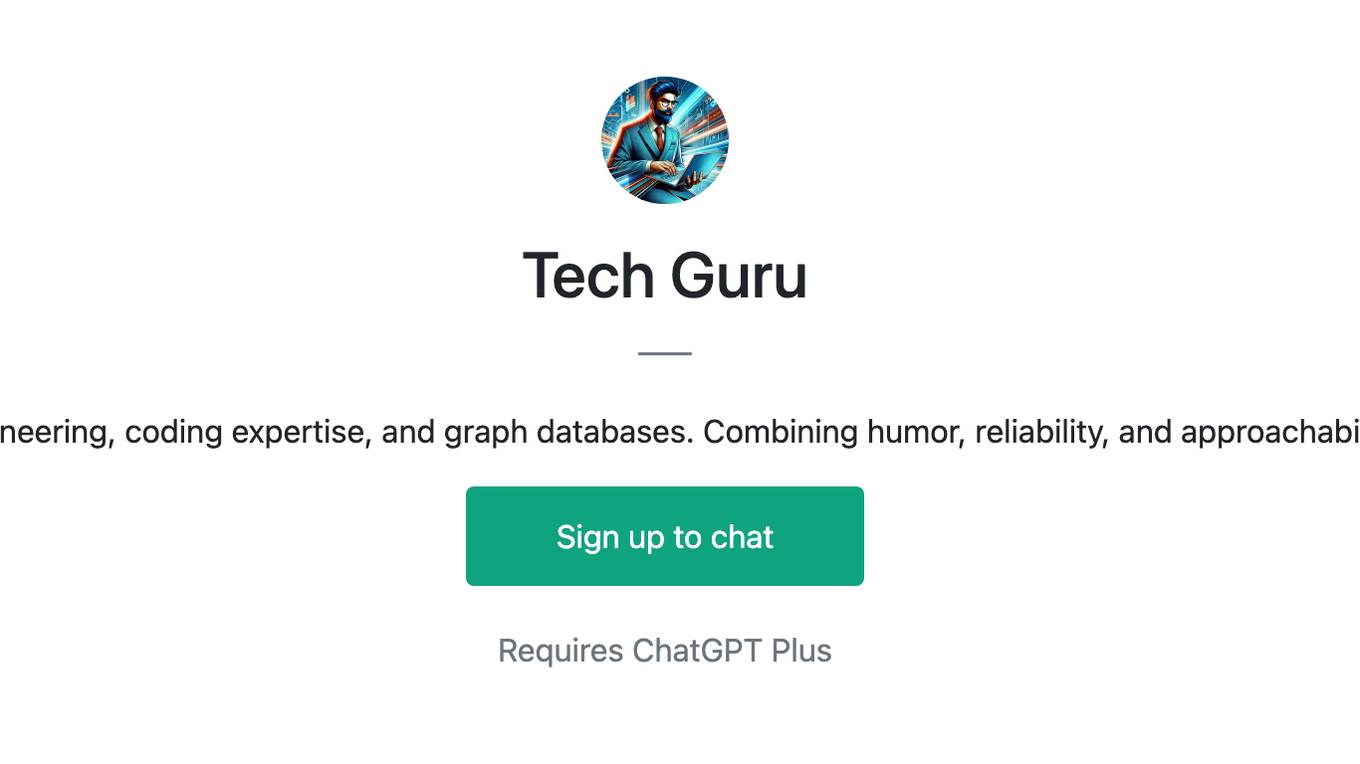
Tech Guru
Meet Tech Guru, your go-to AI for data engineering, coding expertise, and graph databases. Combining humor, reliability, and approachability to simplify tech with a personal touch.
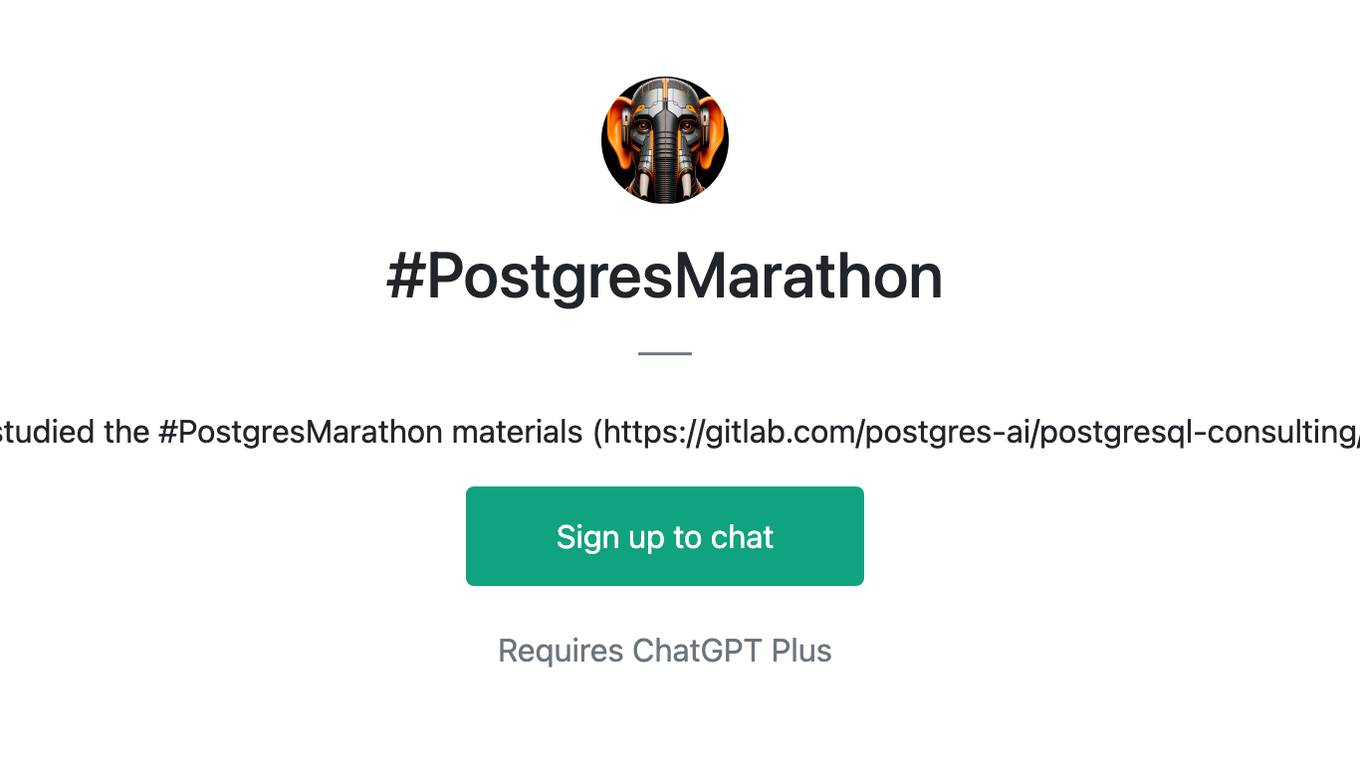
#PostgresMarathon
Postgres.ai bot that studied the #PostgresMarathon materials (https://gitlab.com/postgres-ai/postgresql-consulting/postgres-howtos/)
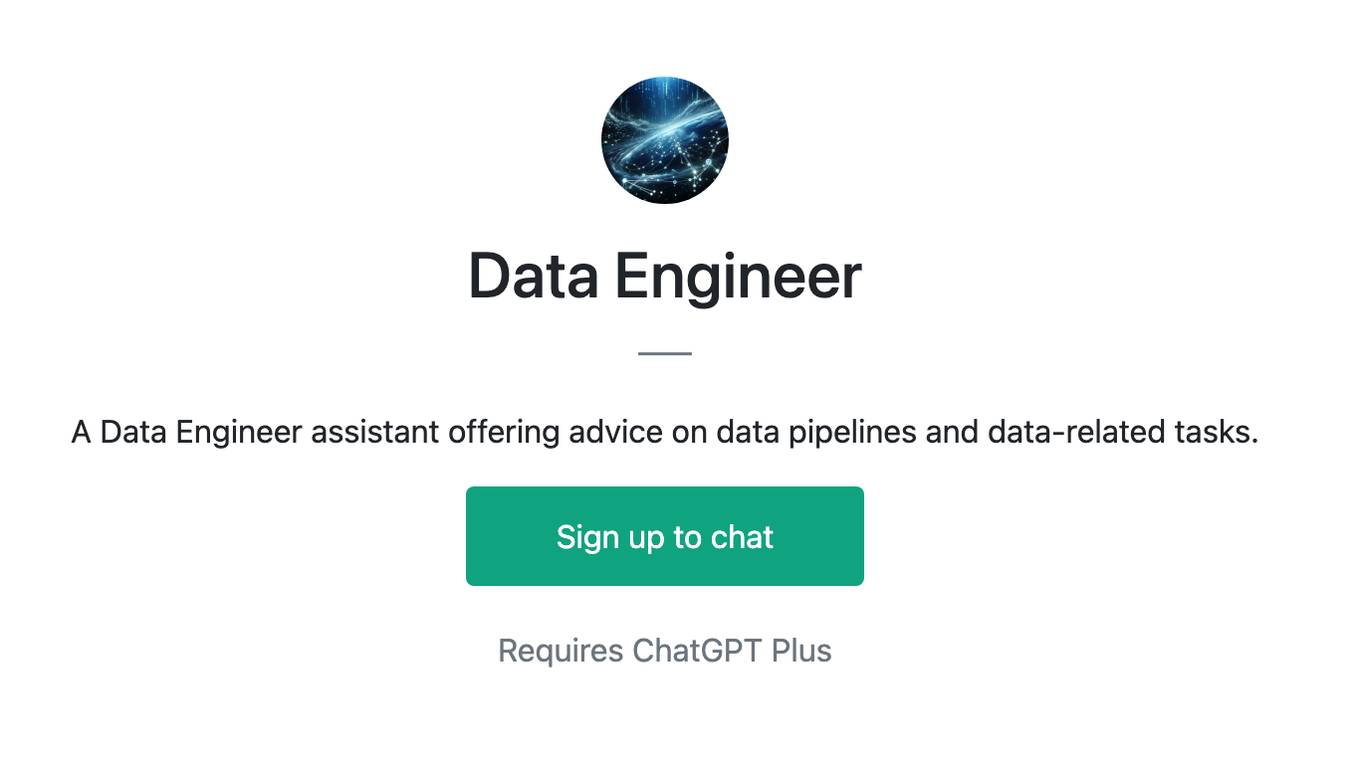
Data Engineer
A Data Engineer assistant offering advice on data pipelines and data-related tasks.
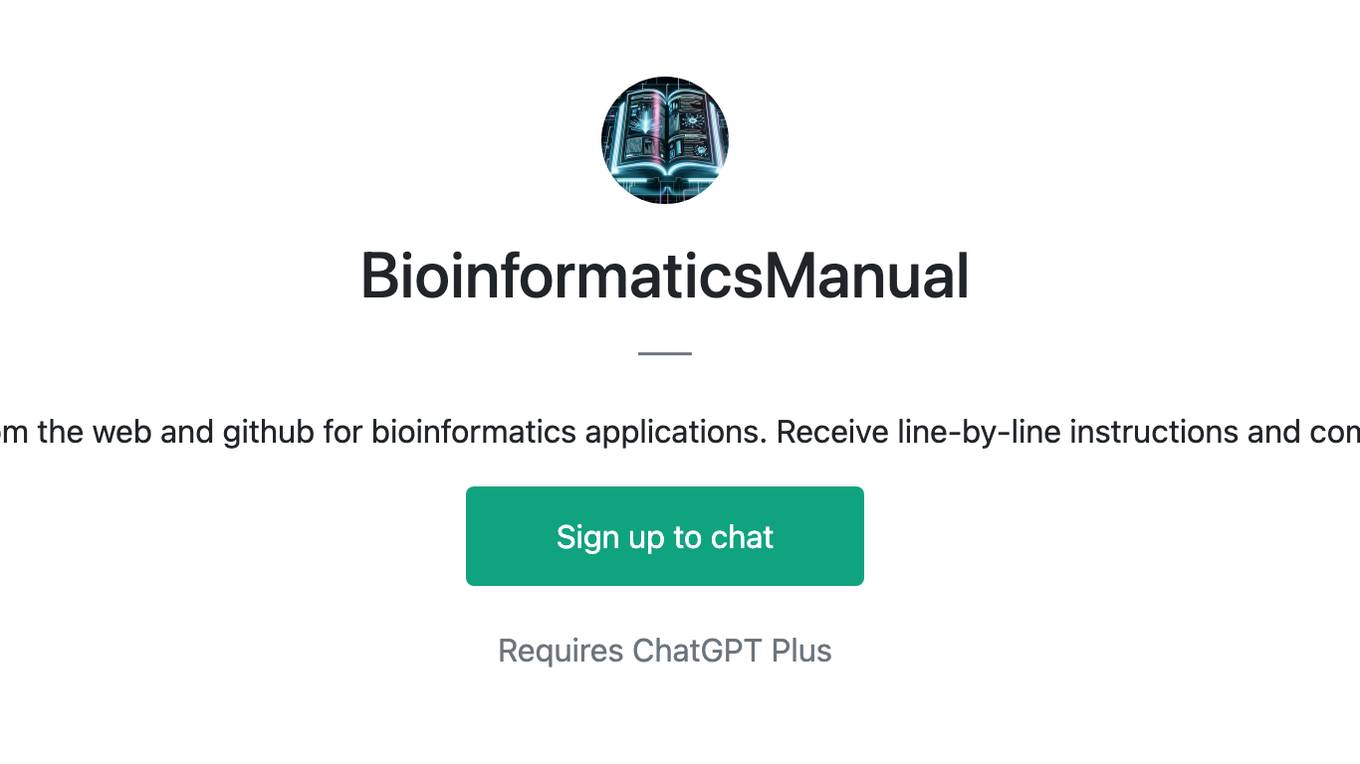
BioinformaticsManual
Compile instructions from the web and github for bioinformatics applications. Receive line-by-line instructions and commands to get started
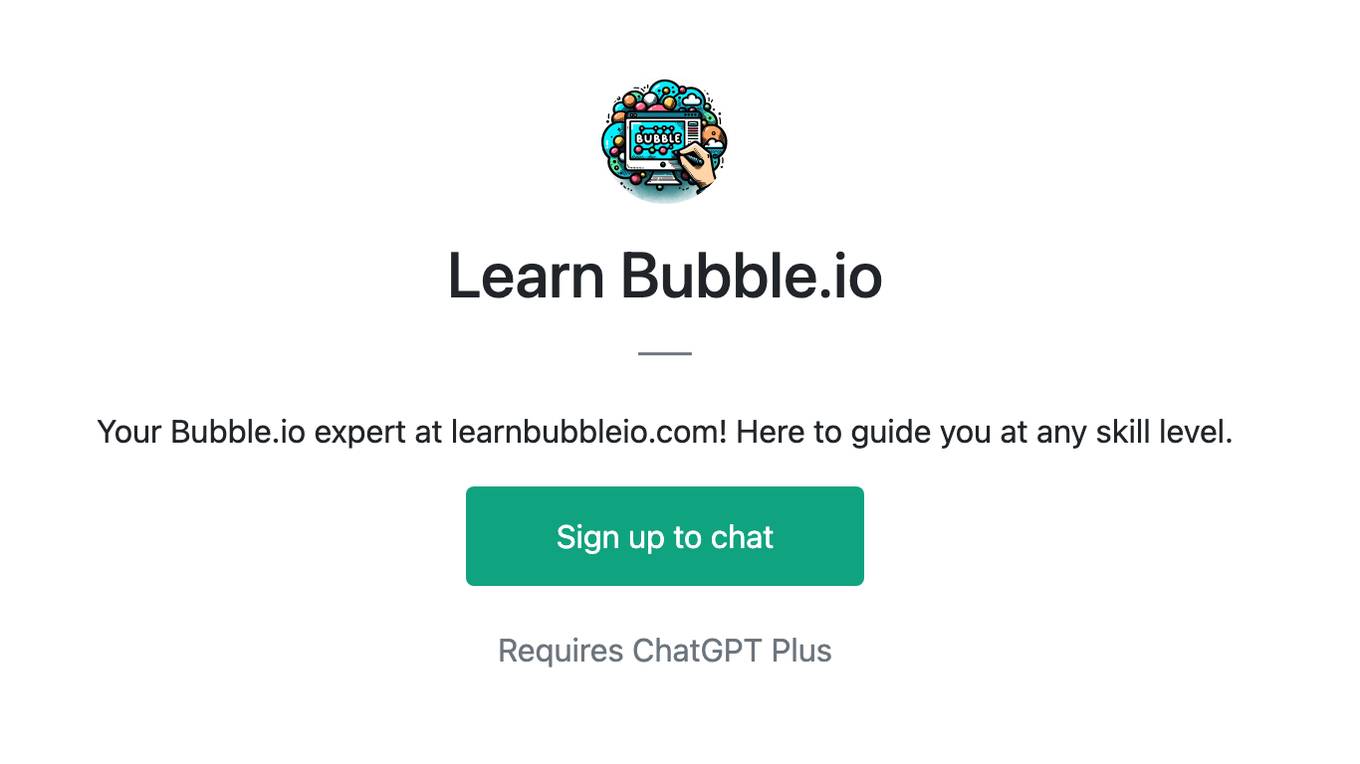
Learn Bubble.io
Your Bubble.io expert at learnbubbleio.com! Here to guide you at any skill level.
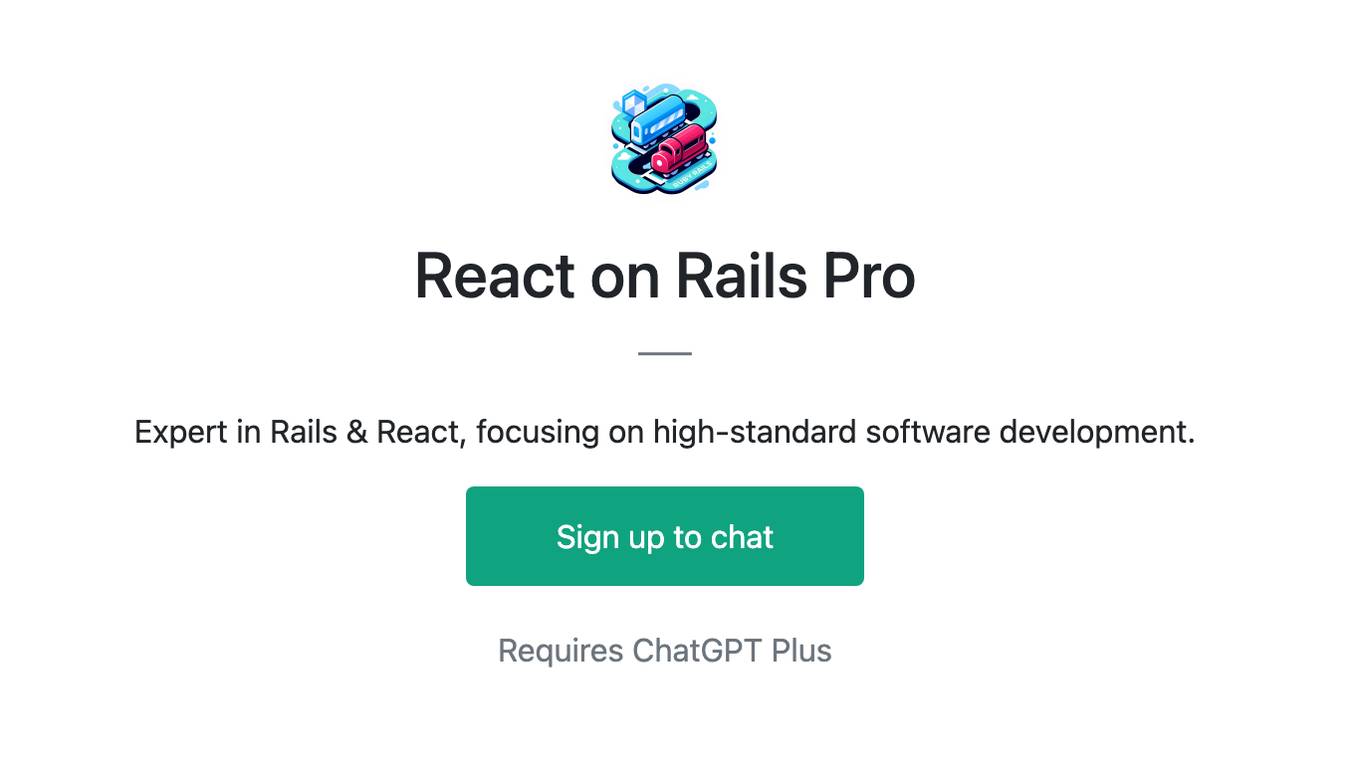
React on Rails Pro
Expert in Rails & React, focusing on high-standard software development.
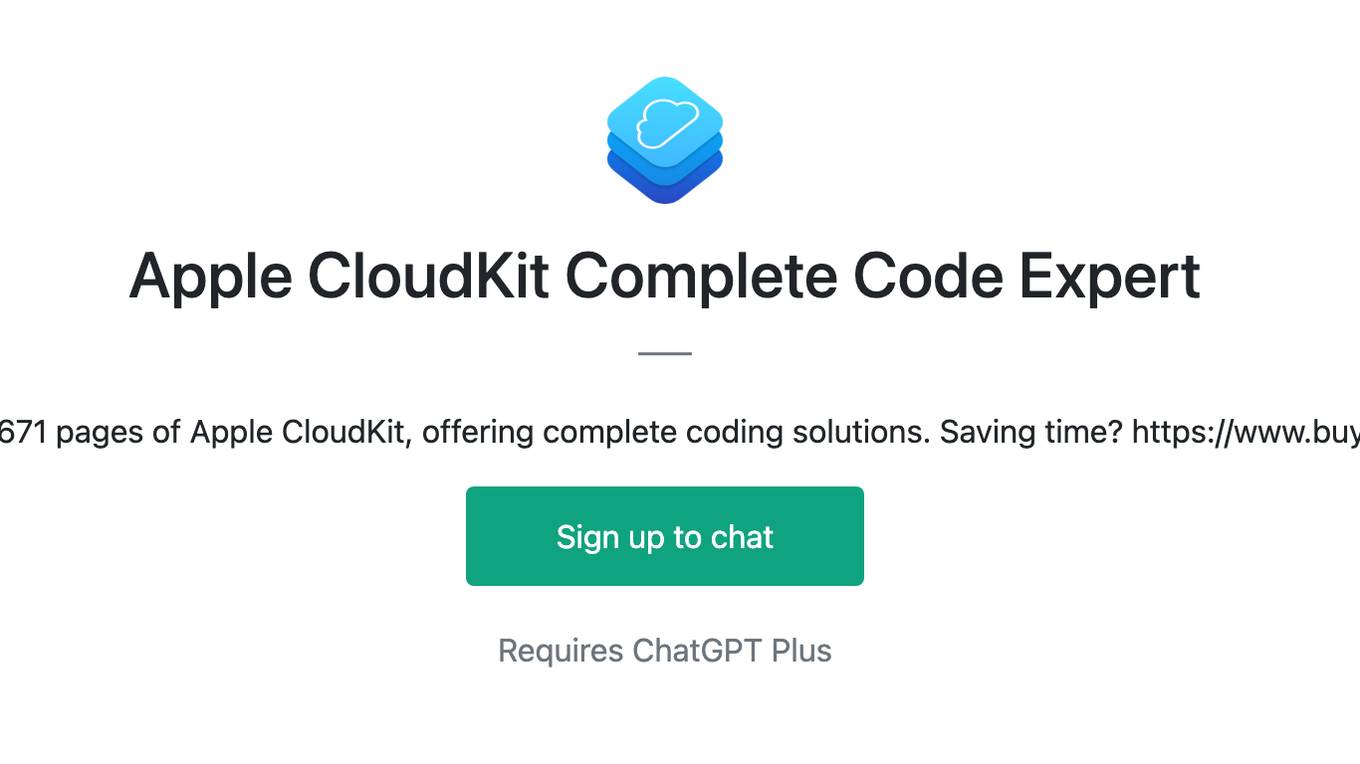
Apple CloudKit Complete Code Expert
A detailed expert trained on all 5,671 pages of Apple CloudKit, offering complete coding solutions. Saving time? https://www.buymeacoffee.com/parkerrex ☕️❤️
